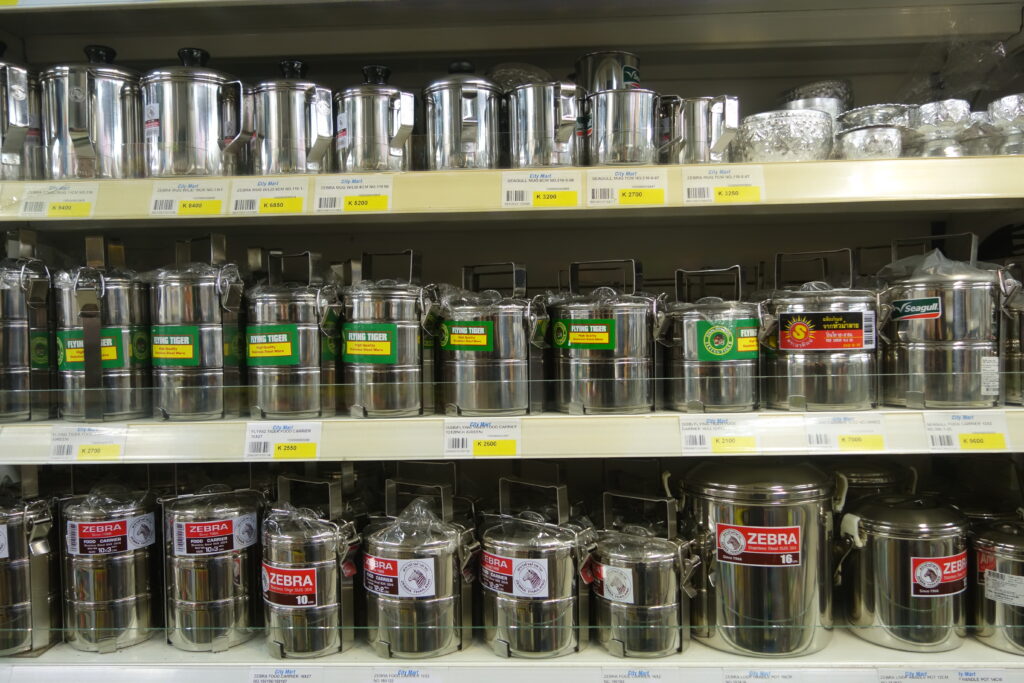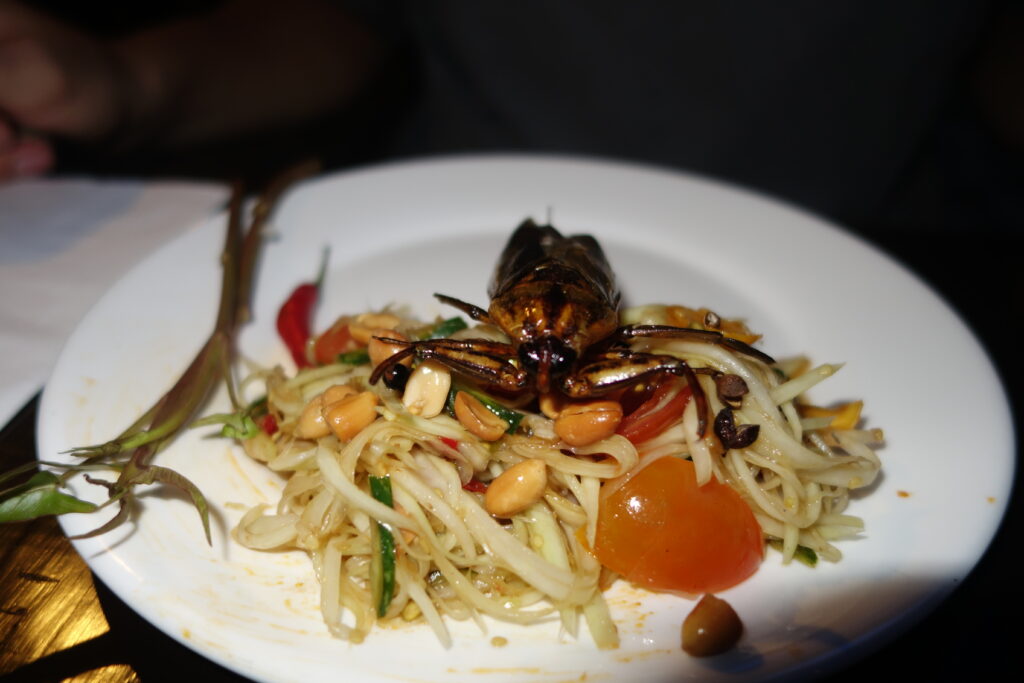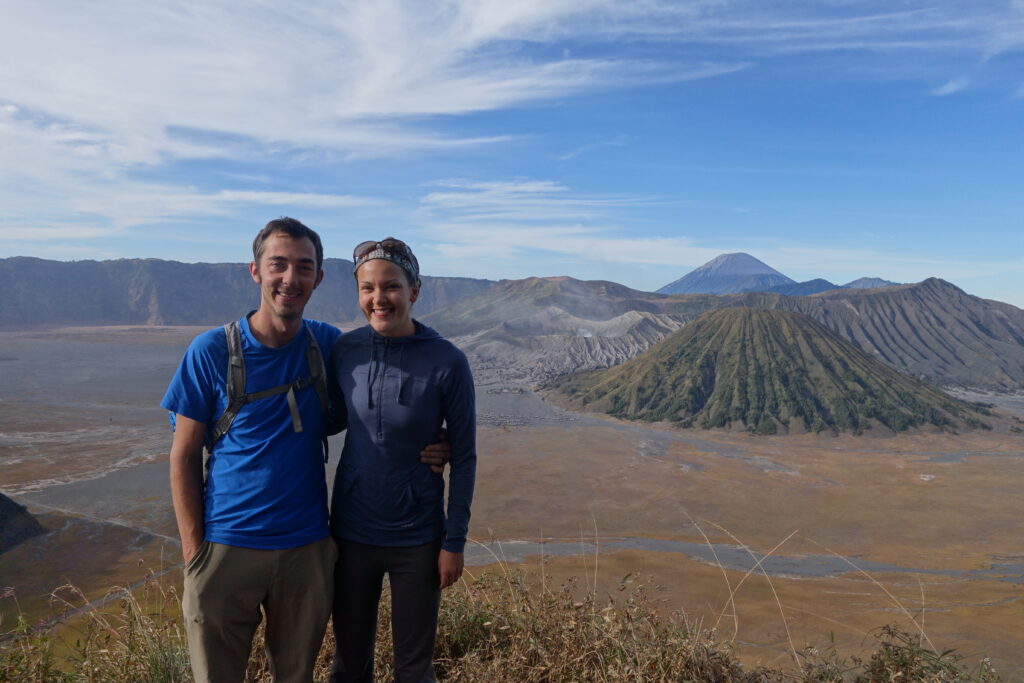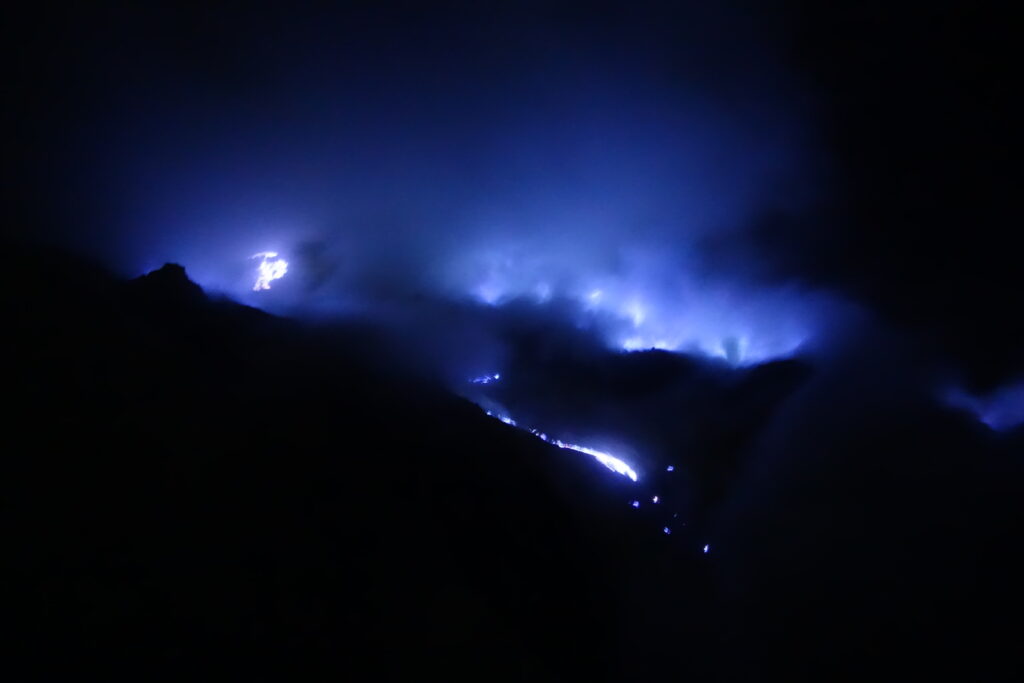Leading up to our trip to Myanmar (formerly known as Burma), we had met a few travelers who had recently visited the country. Each person we spoke to said it was their favorite country they had visited on their trip. We had heard that Myanmar is “the land of golden pagodas” and “the land of smiles”. In the backpacker world, Myanmar is the new frontier in Asia. Myanmar is currently one of the hippest countries to visit. We met people unaware of the country’s existence one week who were planning to travel there the next.
Myanmar opened up to tourism in 2012 after power was (nominally) transferred from the military junta to a civilian government. Since then, the tourism sector has been slowly developing. The newness (and oldness – many guesthouses predated the military takeover) of the tourism industry and infrastructure was a mixed bag; it was good for us in some ways but annoying in other ways. In the following text, I will explain some of the ways Myanmar surprised, charmed, and challenged us.
The Land of Smiles?
Would I refer to Myanmar as the land of smiles? In short, no. While the people in Myanmar were indeed kind, they were not more smiley than the people of other countries we have visited. Myanmar has a pretty developed tourist trail, so many of the people that we encountered had already grown accustomed to seeing tourists. In contrast, during the few times when we got off the tourist trail, we did find that the locals were quite smiley and friendly. For example, when we took the train from Hsipaw to Pyin Oo Lwin, we had many people smile and wave at the passing train. Also, when we traveled to Mawlamyine (a small town) we met a kind monk who invited us to his English speaking class.
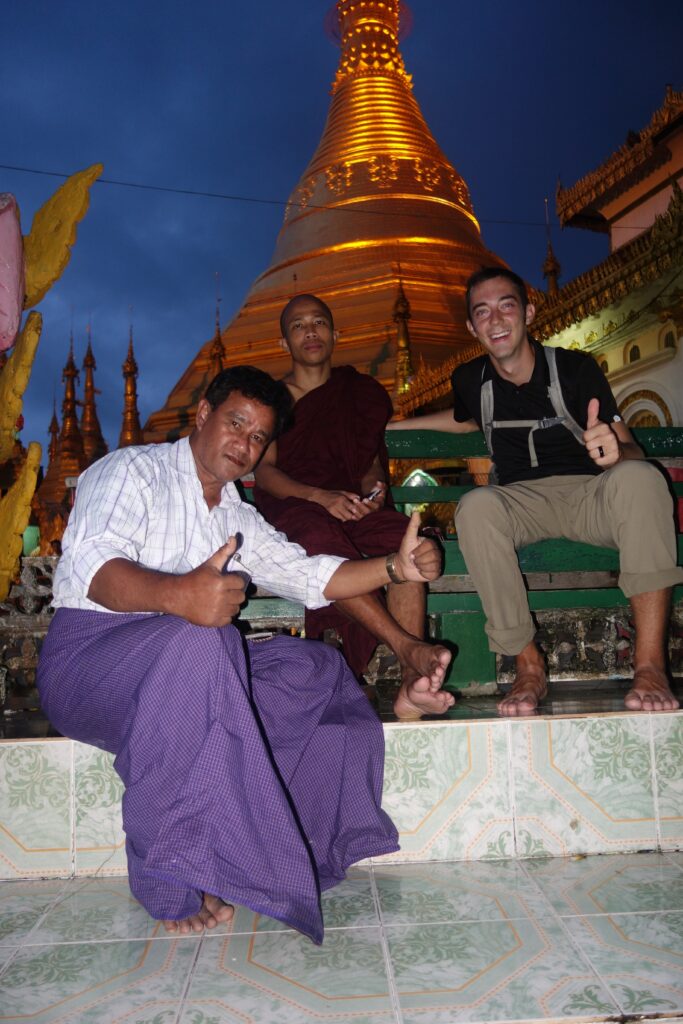
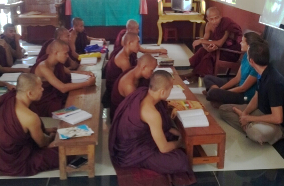
The Land of Golden Pagodas?
There is no better nick name for Myanmar. I expected pagodas, but was not prepared for pagodas on the scale seen in Myanmar. The pagoda studded landscapes of Bagan, Inwa, Indein, and Sagaing were absolutely breathtaking. Anywhere in the country with high ground had a pagoda or two.
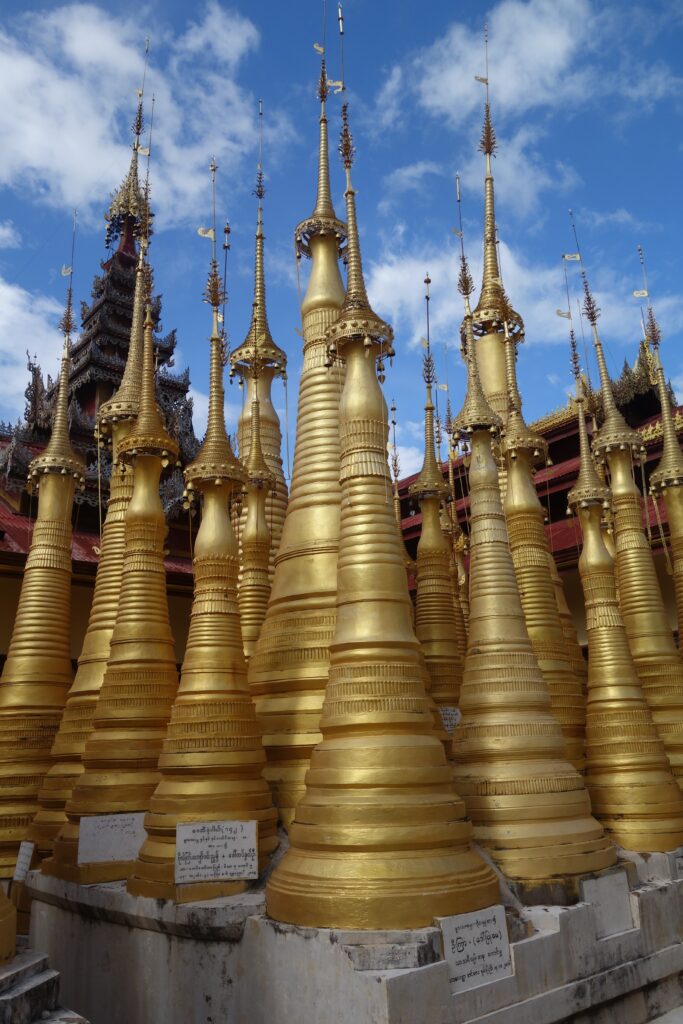

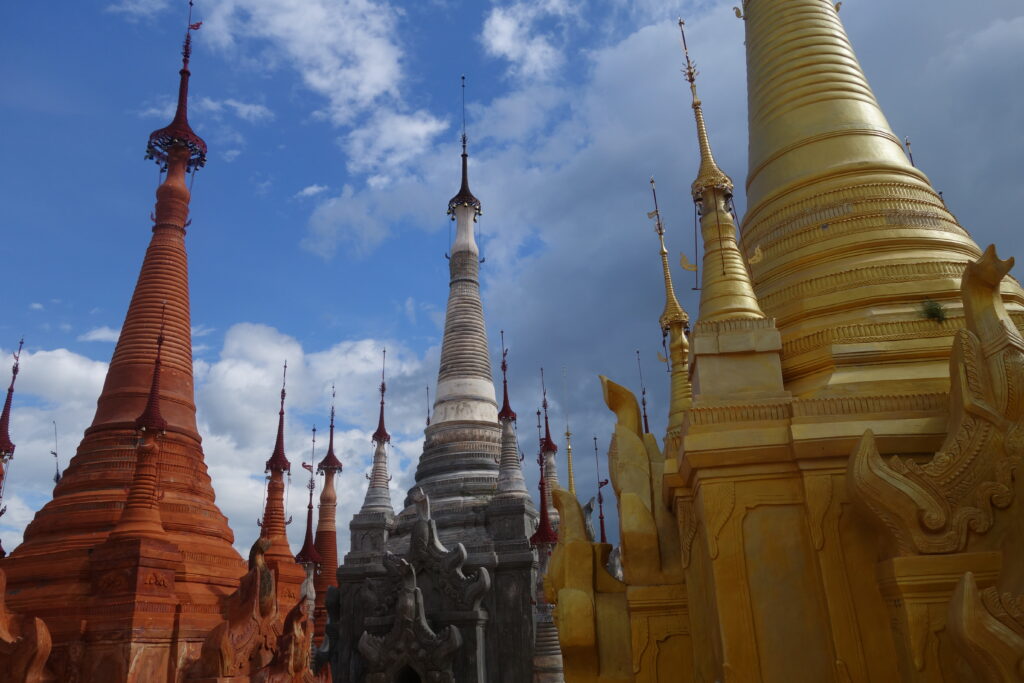
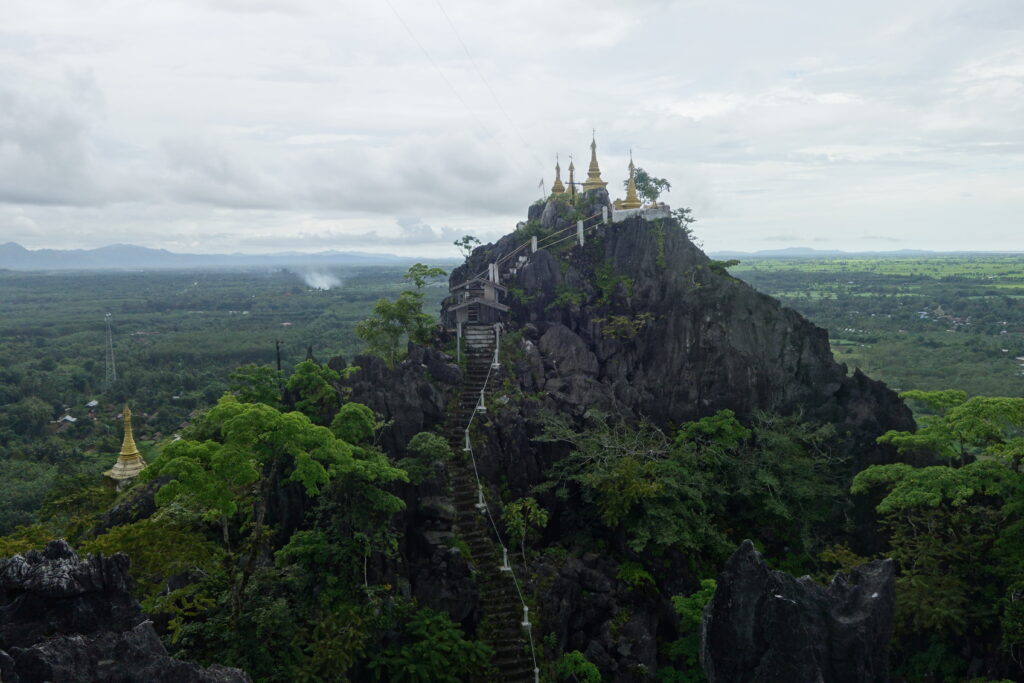
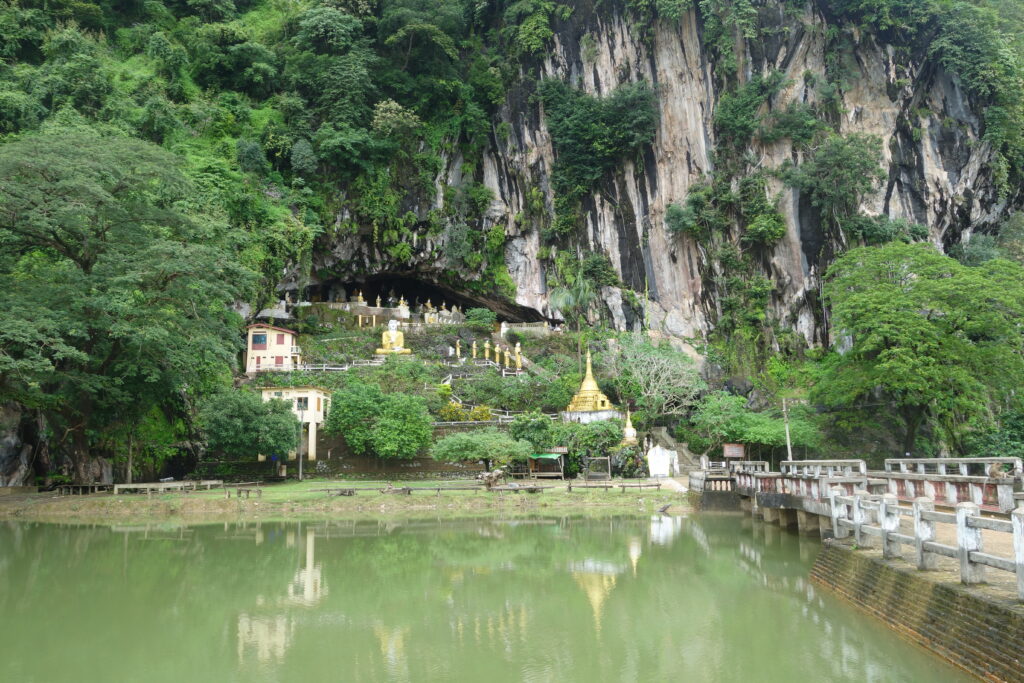

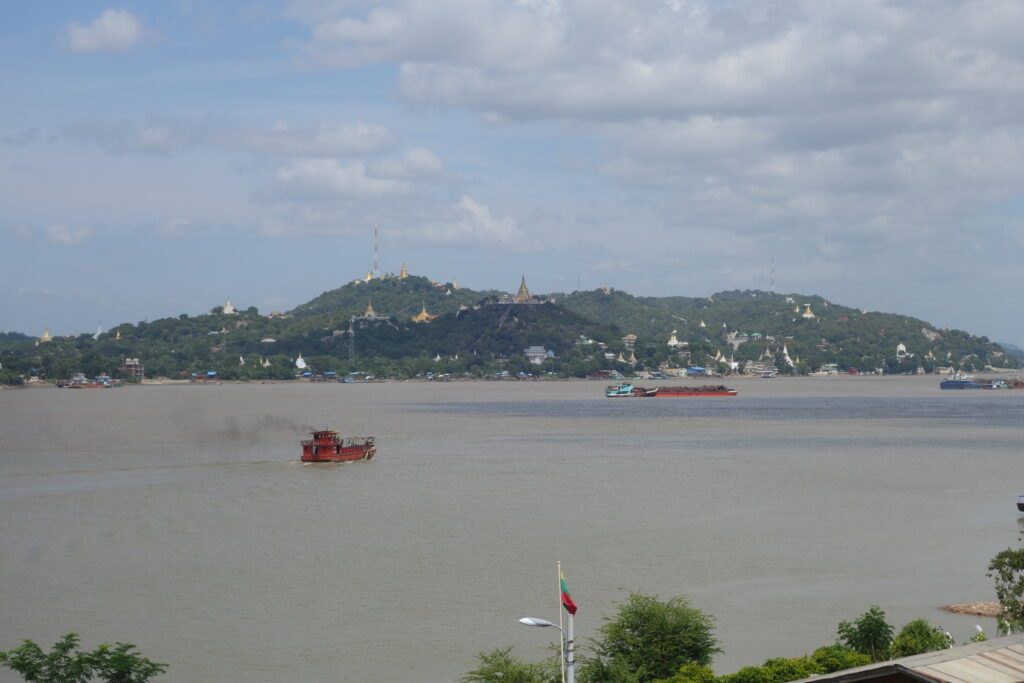

Pleasant Surprises
Bucolic Landscapes
It was wonderful to find that most of Myanmar is quite scenic. Even while sight seeing around the busy cities, you are never far from some farm land, rice paddies, or grassy areas with animals grazing. This made transportation and sight seeing much more relaxing for us, as we were constantly admiring the scenery. Furthermore, we trekked for 3 days between Kalaw and Inle Lake and thoroughly enjoyed the landscape along the way. Our guide pointed out some of the different crops we encountered: tea, peanuts, eggplant, tomatoes, potatoes, and ginger.
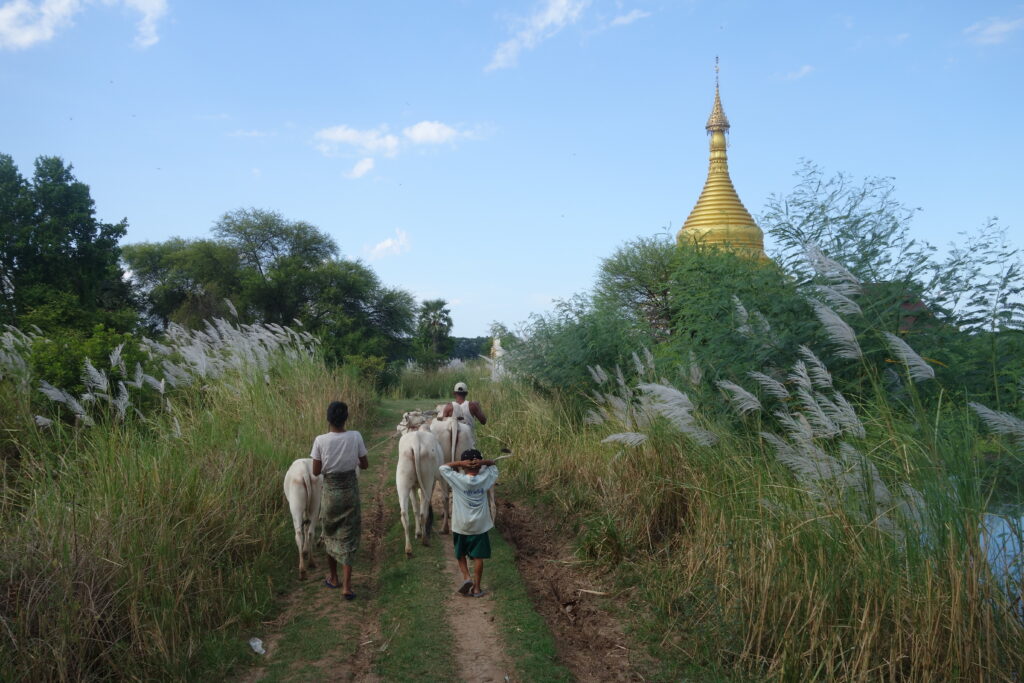
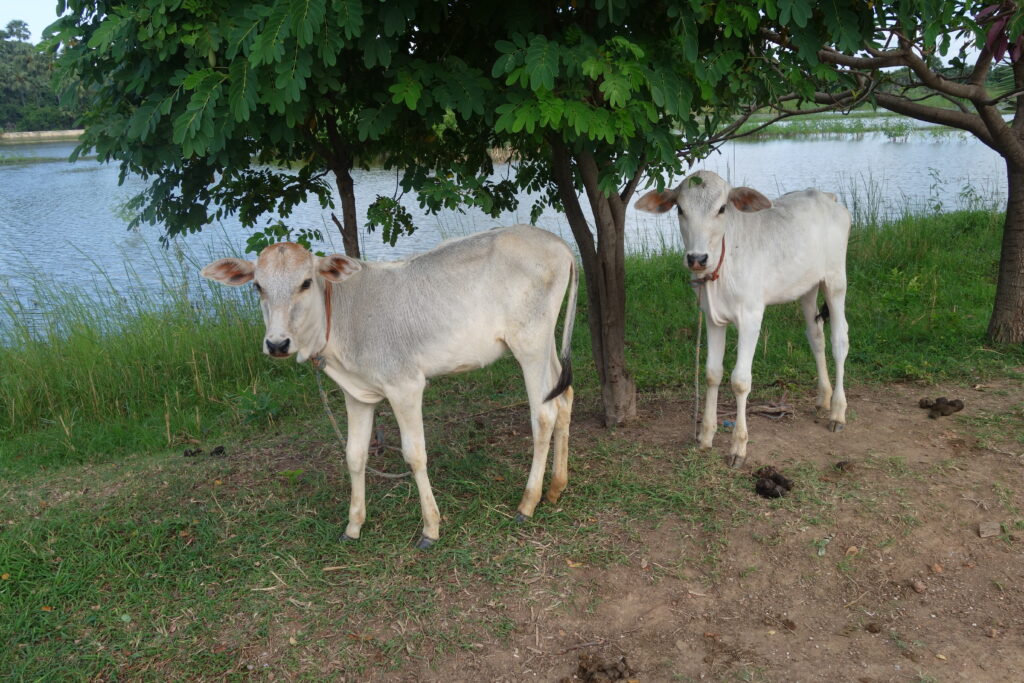
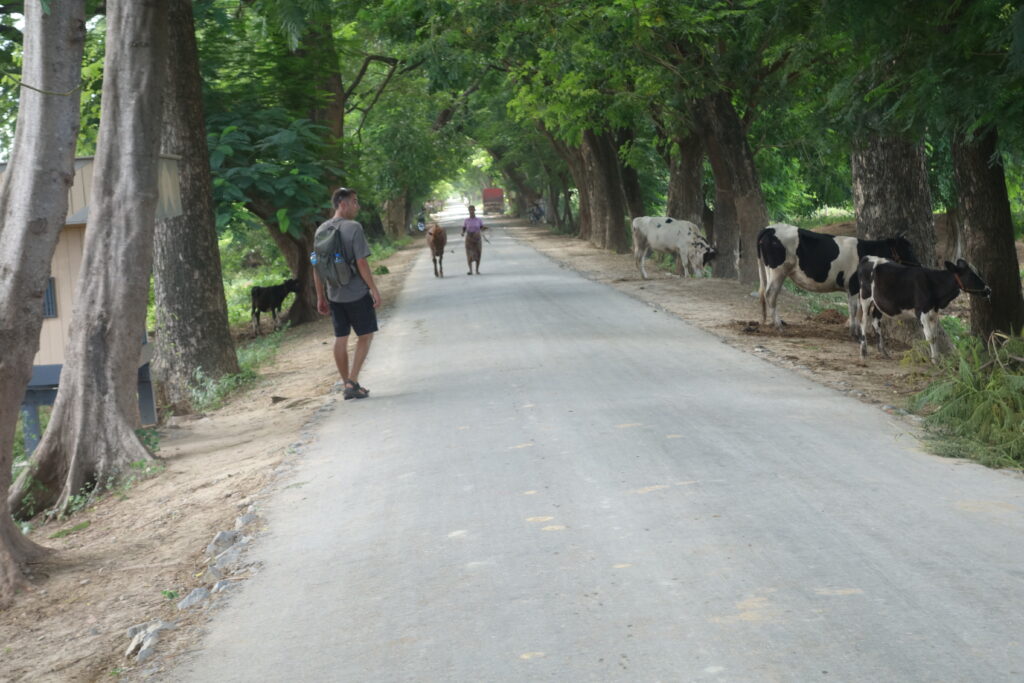
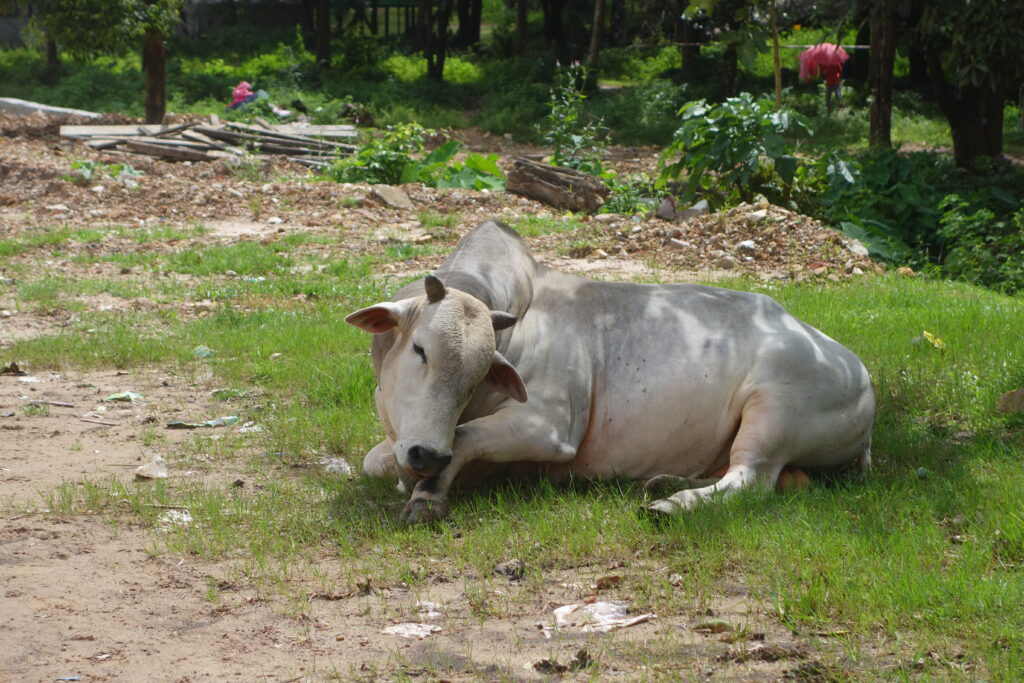
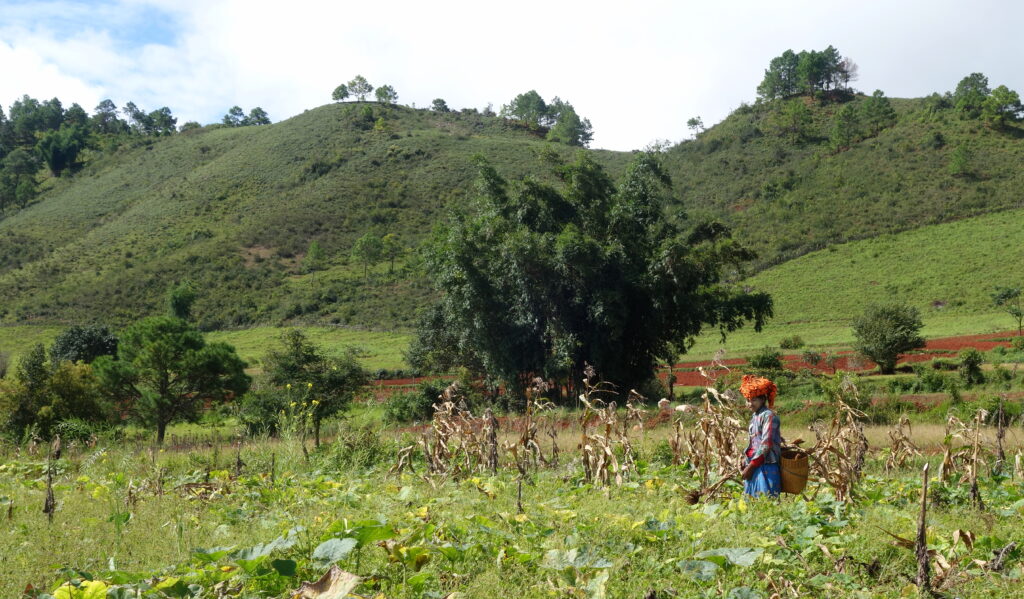
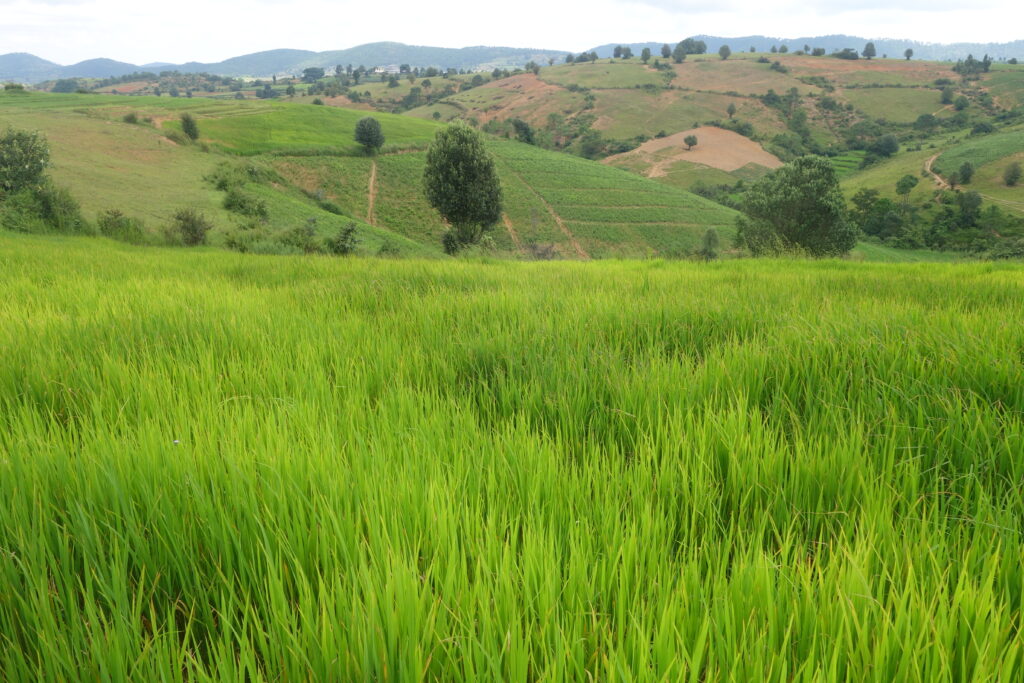
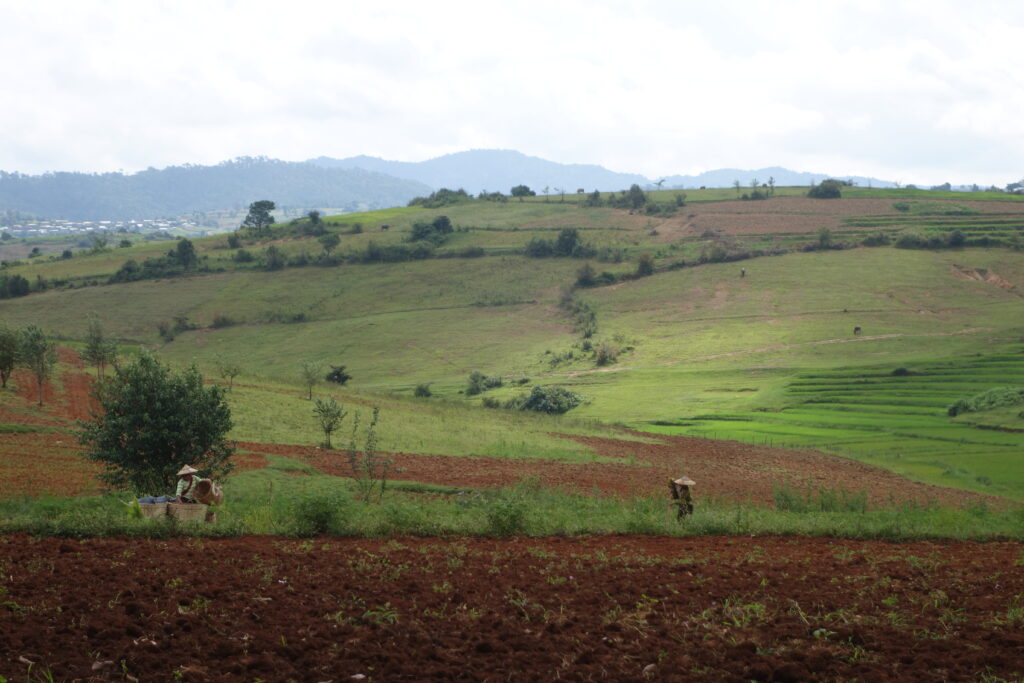

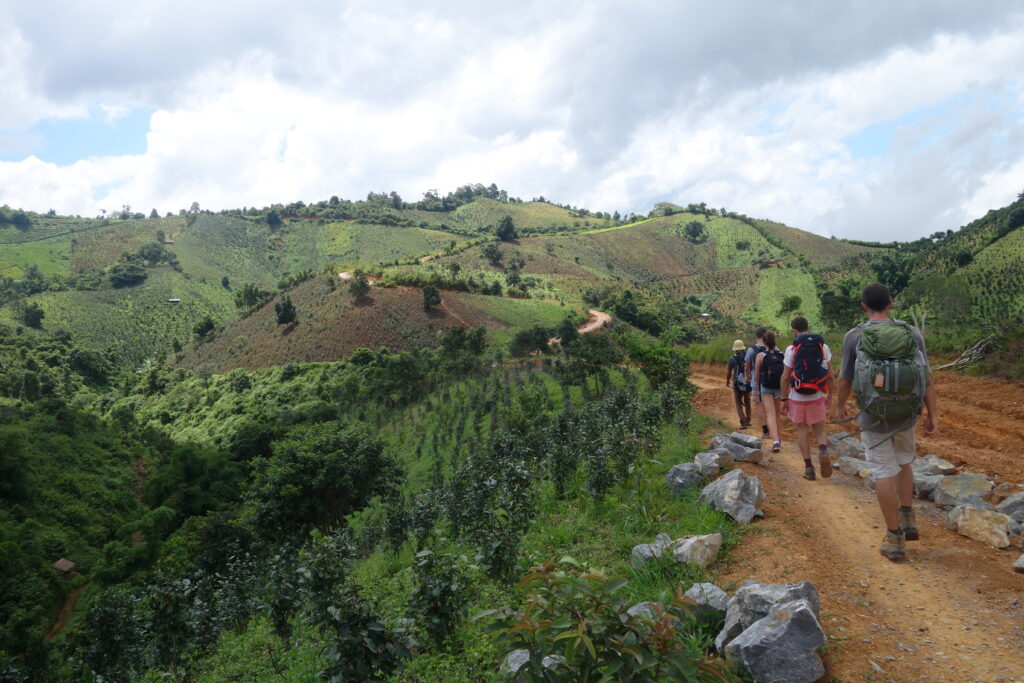
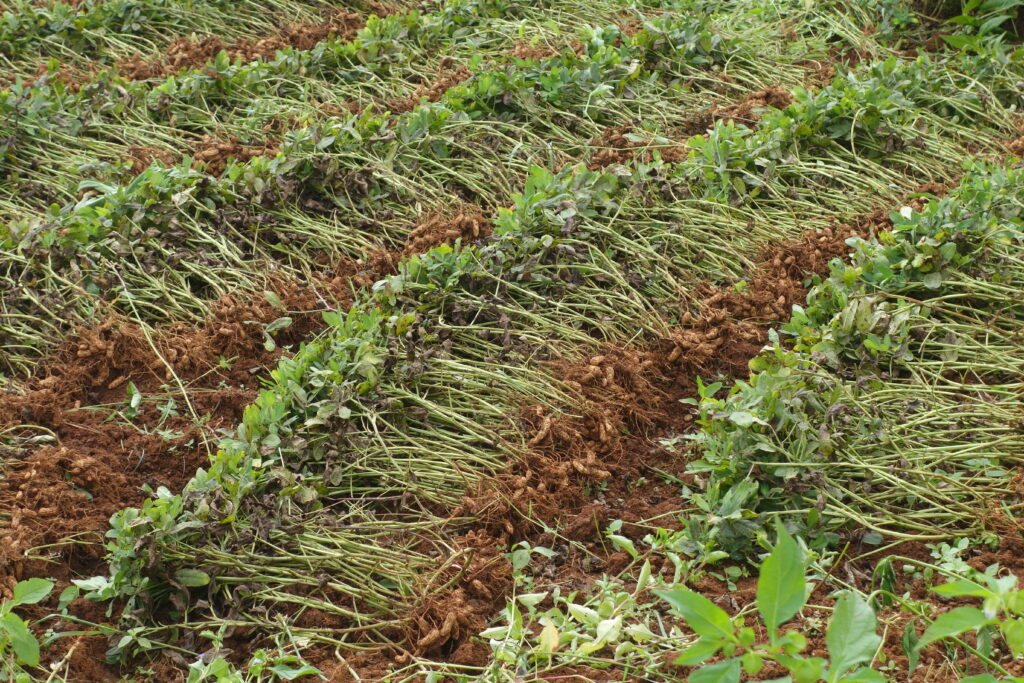

Transportation
The information available about transportation schedules online is completely out of date (to the point of uselessness) for Myanmar. We had read that in Myanmar it is common for trains to be delayed up to 24 hours and for buses to be cancelled during the rainy season. It sounded like some areas might even be totally inaccessible during the rainy season. We would up not having any problems ourselves; all of the trains and buses we took ran more or less on time and were comfortable. The buses in particular surprised us in how spacious and plush they were. Furthermore, we found that buses ran between all of the major tourist sites, making it really easy to get around without having to back track at all, this saved us time and money! We only took one train ride, and it was quite shaky, but otherwise fine.
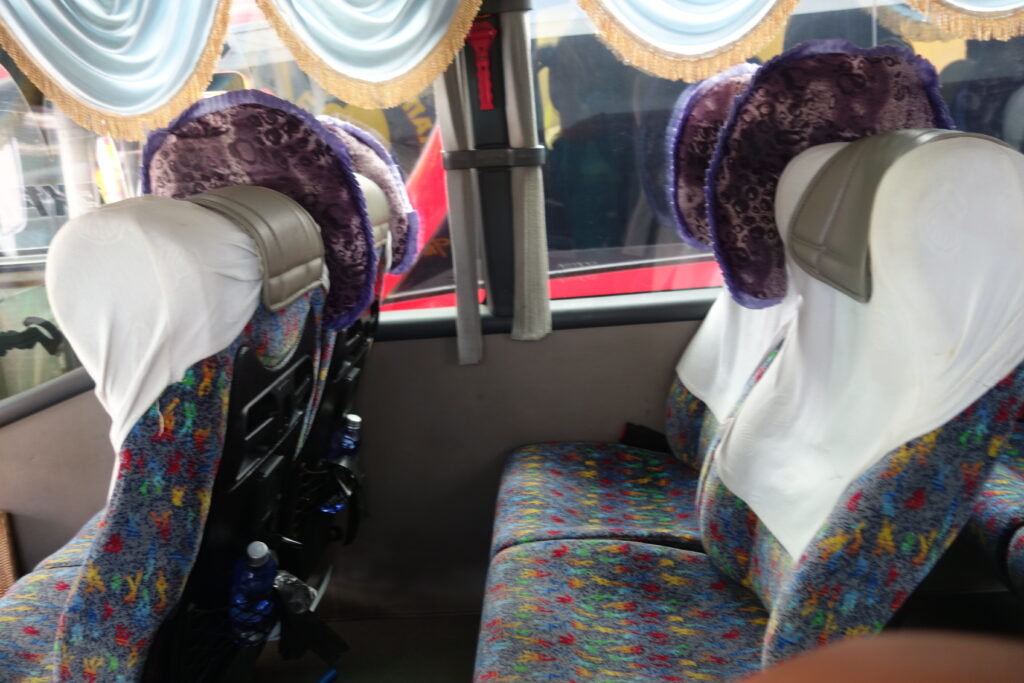
Internet Availability
We had read that it is hard to find places in Myanmar with WiFi. Because of this fear, we tried to do as much planning as possible before we arrived. We even went so far as to download and save all of the Wikivoyage pages about the cities we planned on visiting. We also purchased a guide book, so that we would be sure to have all of the information we would need to make our travel plans. It turned out that we were able to find hotels or hostels with WiFi everywhere we went (though the speed and reliablility was hit-or-miss).
The rapid deployment of WiFi in Myanmar is just one of the ways in which the rapid changes and development occurring in the country were visible. Five years ago getting a SIM card in Myanmar could cost as much as $5000 and required government approval. Two years ago the price had dropped to $1500 dollars, and last year the price was roughly $150. By the time we visited the telecom industry had several international corporations developing networks and a SIM card cost only $1.50 and they were easily available from vendors everywhere. If it keeps its current tack, Myanmar is going places.

Roti
The roti in Myanmar were a pleasant surprise. They were incredibly flaky and buttery and were served with a generous serving of sugar for dipping. We have had roti in Malaysia, Nepal, and India, but the roti in Myanmar was the best!
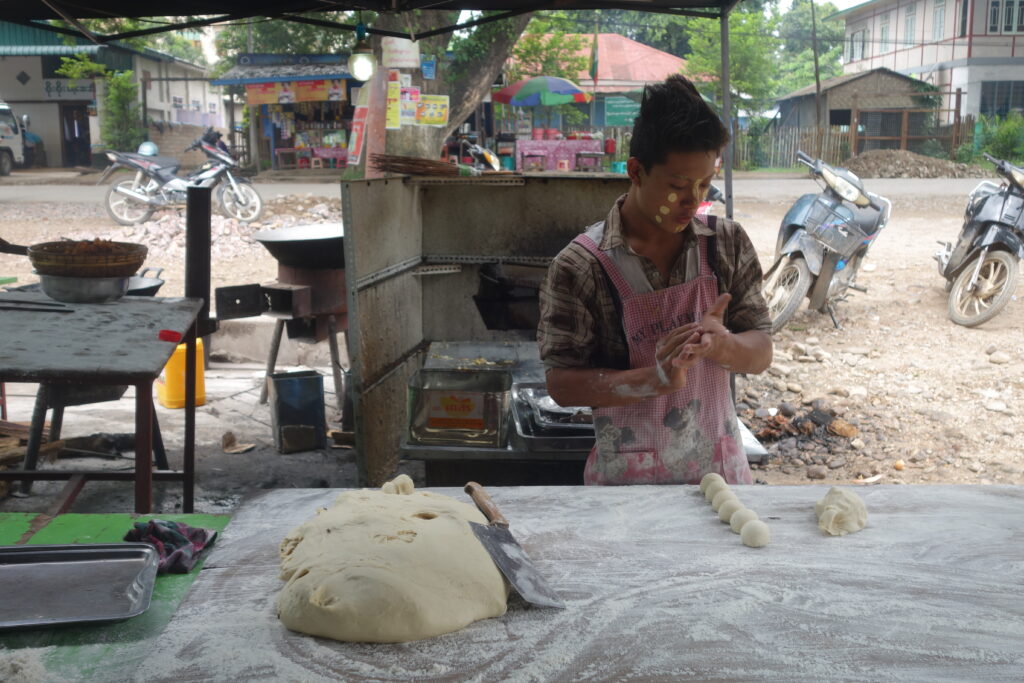

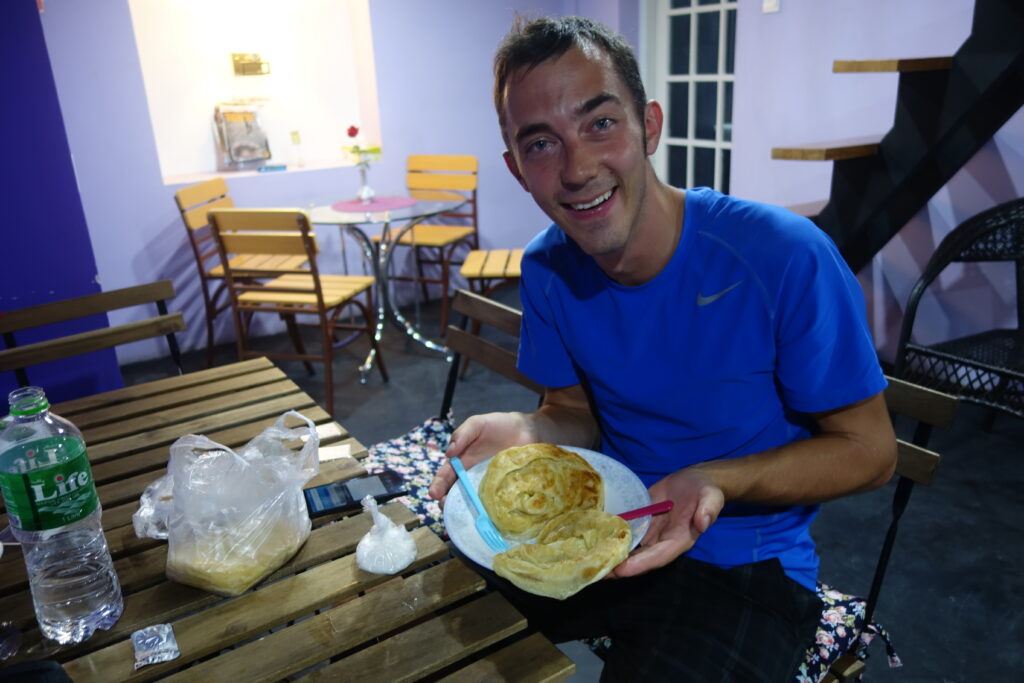
Handicrafts
I had read reviews of Inle Lake and Mandalay where the authors criticized the handicraft tour scheme. The premise behind the scheme is that a person’s tour guide will take them around to different handicraft locations where employees will show the tourist how the product is made and then lead them to a showroom where they have items for sale. The tour guide or taxi driver then gets a small commission for bringing the tourists. In my opinion, the handicrafts in Myanmar were quite neat. The people who showed us how the items were made were friendly and no one ever pressured us to buy anything (and we didn’t buy anything at most of the shops). Maybe in the future, when hard-sell techniques begin to be used, this wont be much fun. But for now, I don’t think it is a bad thing. Our tour guides would ask if we were interested in seeing a certain handicraft location, and if we weren’t interested they were respectful of our choice and would take us wherever we wanted to go.

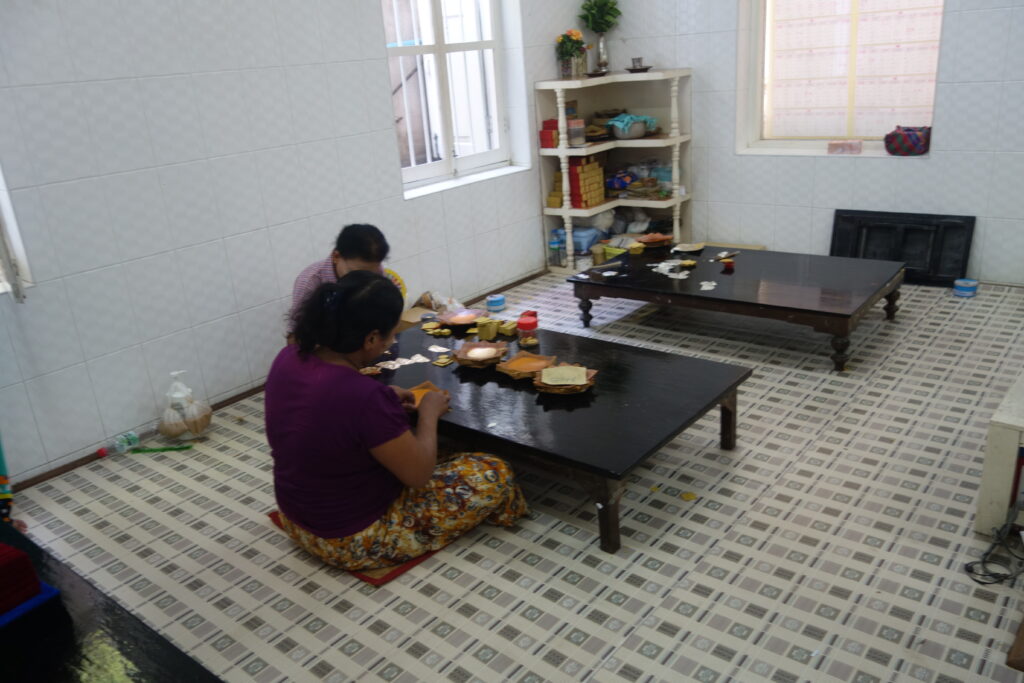
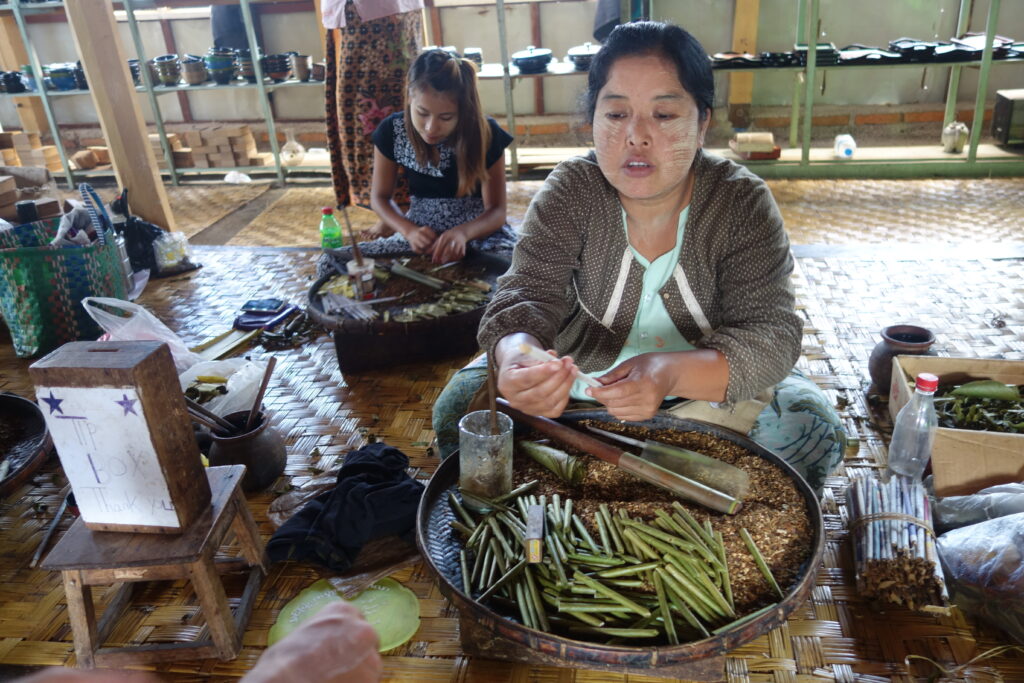
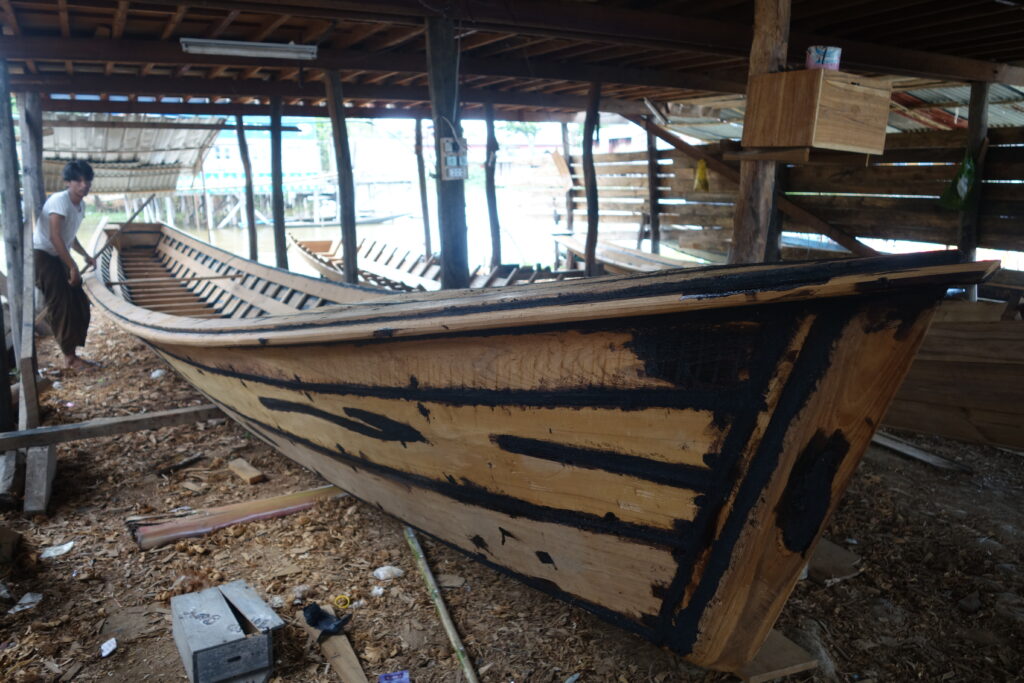
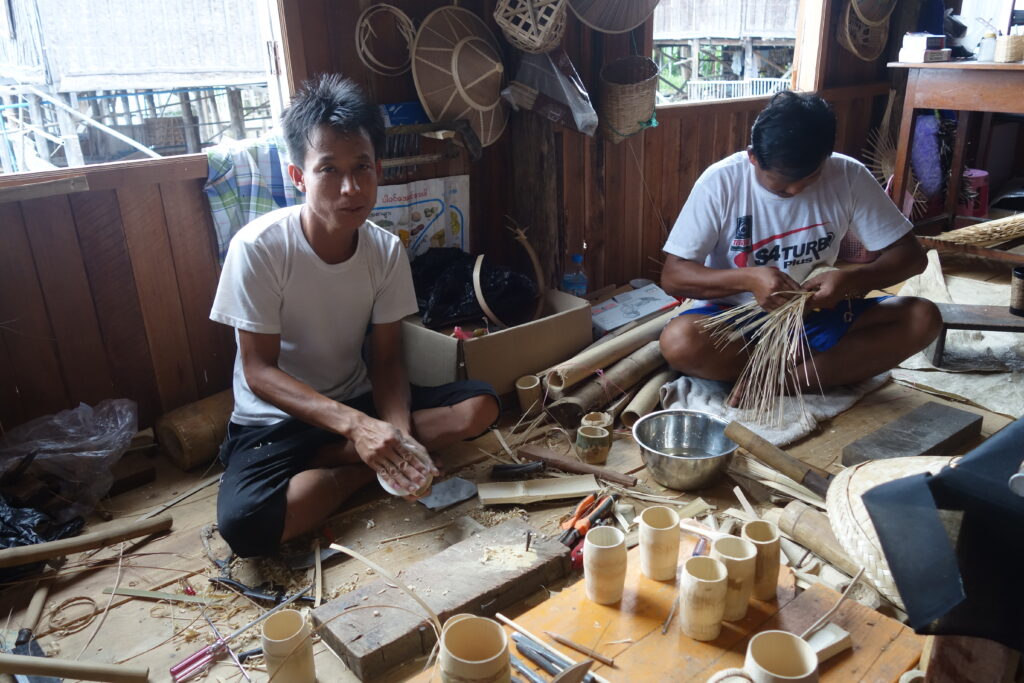


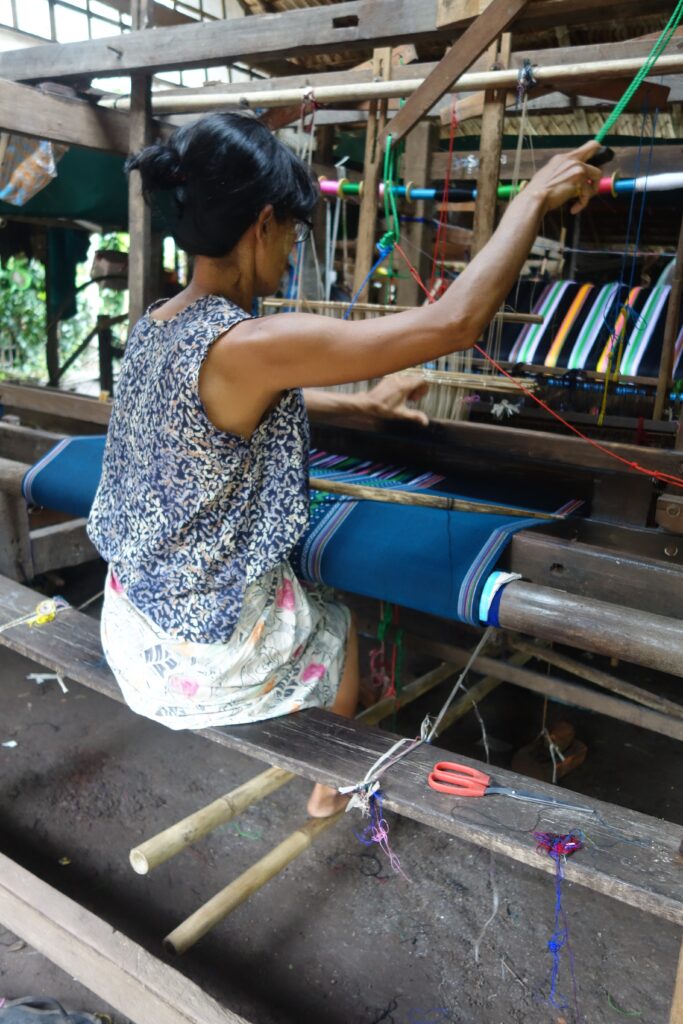
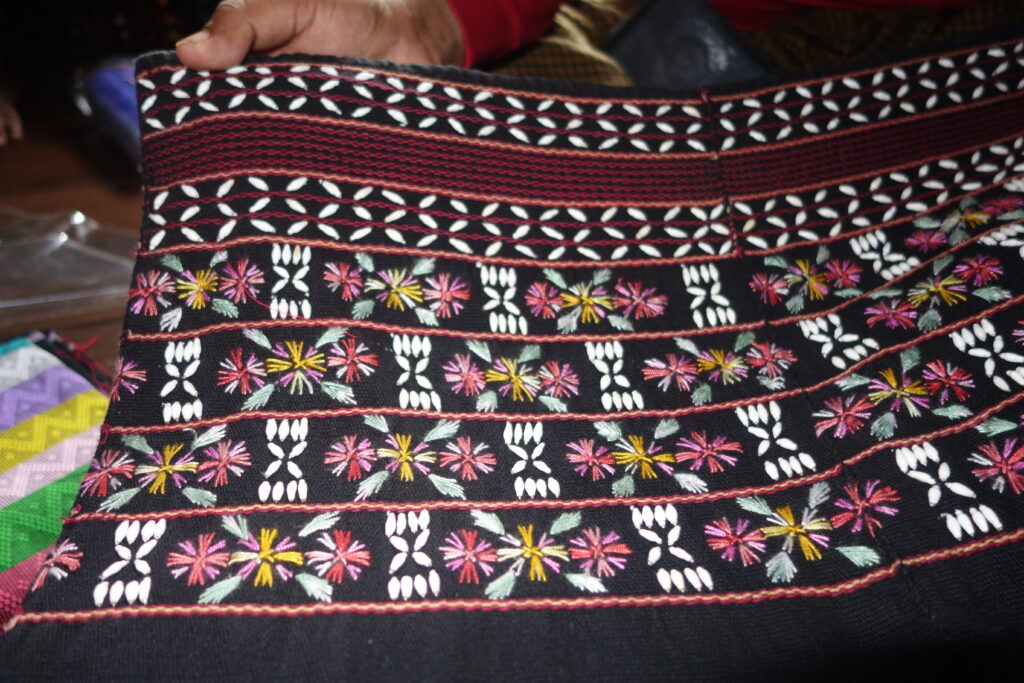

Mildly unpleasant Surprises
Taking Your Shoes Off
We were told that we needed to take our shoes off in any room or structure which houses a Buddha statue. Thus, we ended up shoeless in many places where we would have much preferred to be wearing shoes. It was inconvenient, but not a real problem. Maybe if we hung around barefoot long enough our feet would have developed proper callouses.
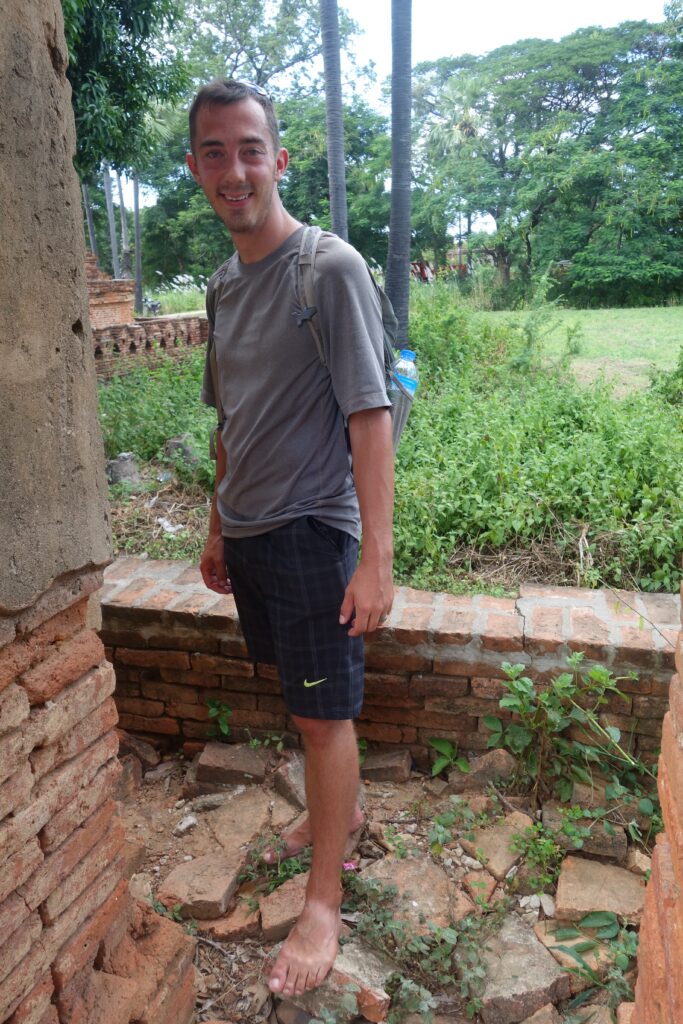

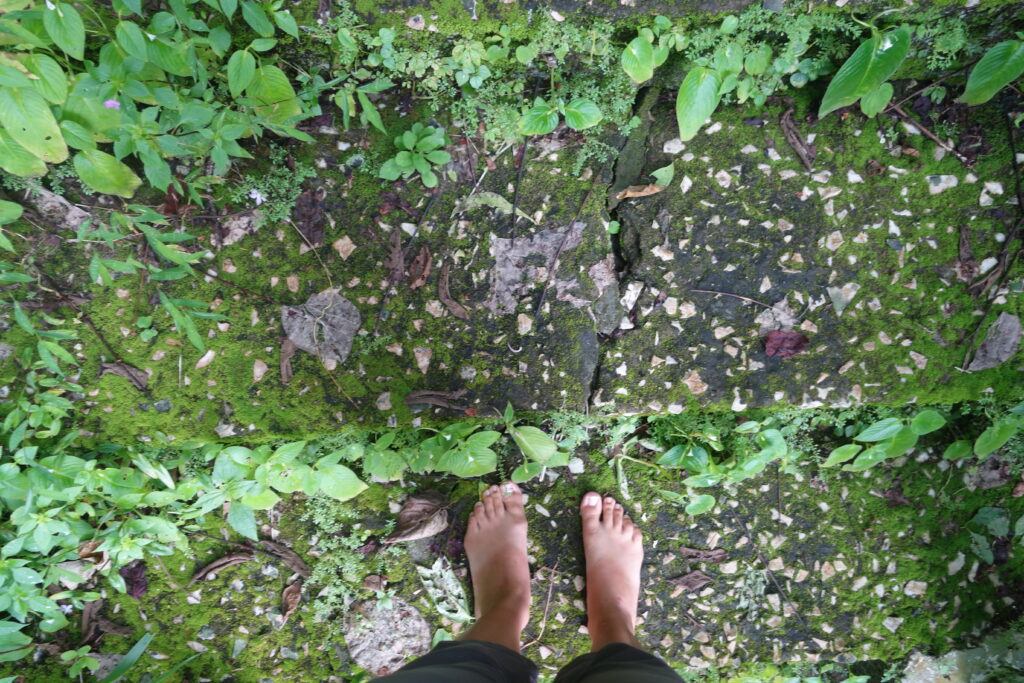
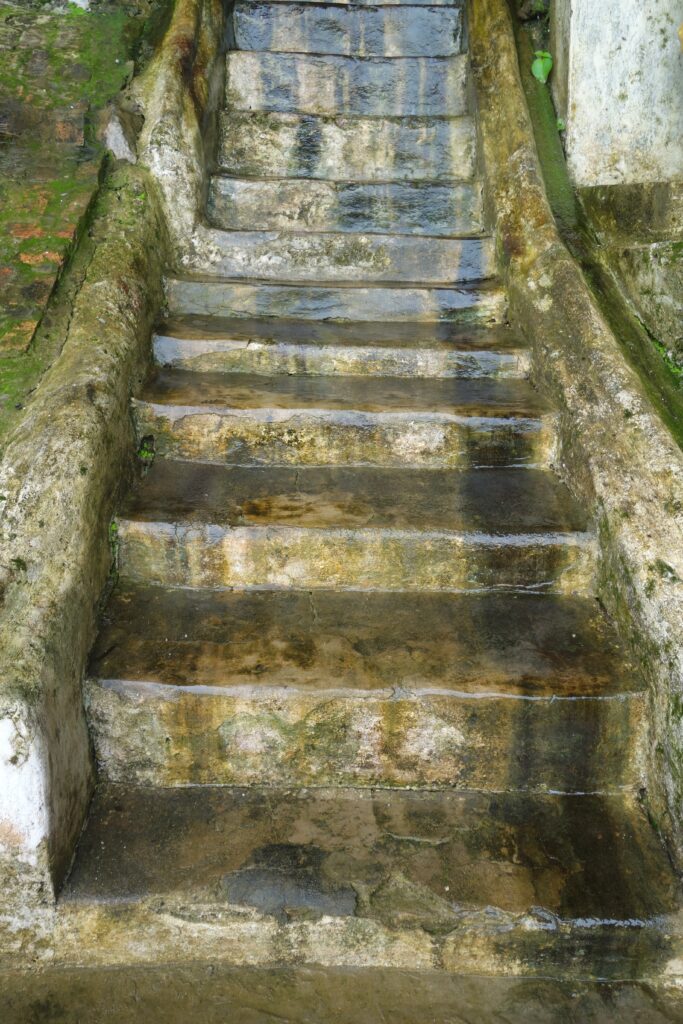
Everything In Its Right Place
The Rainy Season
Arriving in Myanmar during the rainy season, we expected some rain and rain we got! Our American tour guide in Yangon explained some of the inconveniences of the rainy season – mainly that you have to be prepared for a downpour at any moment, belongings and buildings get moldy very quickly, and a person loses many umbrellas during the course of the rainy season. She told us that she doesn’t plan on staying in Myanmar much longer, because she can’t handle another rainy season! The rain and associated mud and slime was mildly inconvenient to us but it was a valuable experience to see what it is like for people living in an area with strong monsoon seasonality.
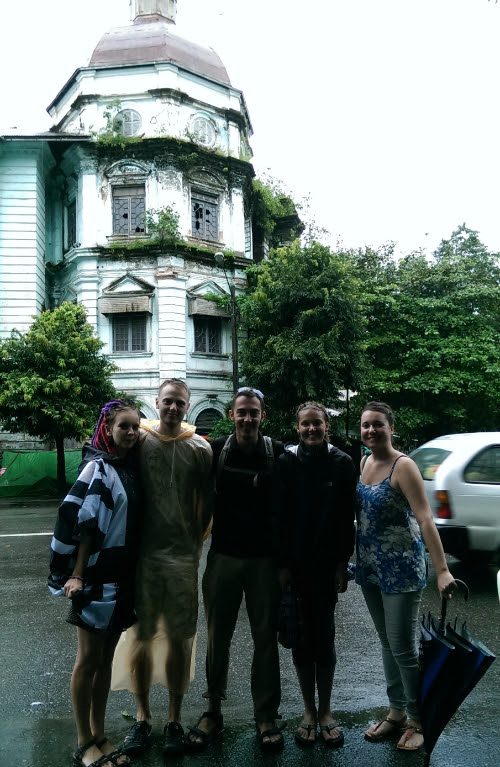
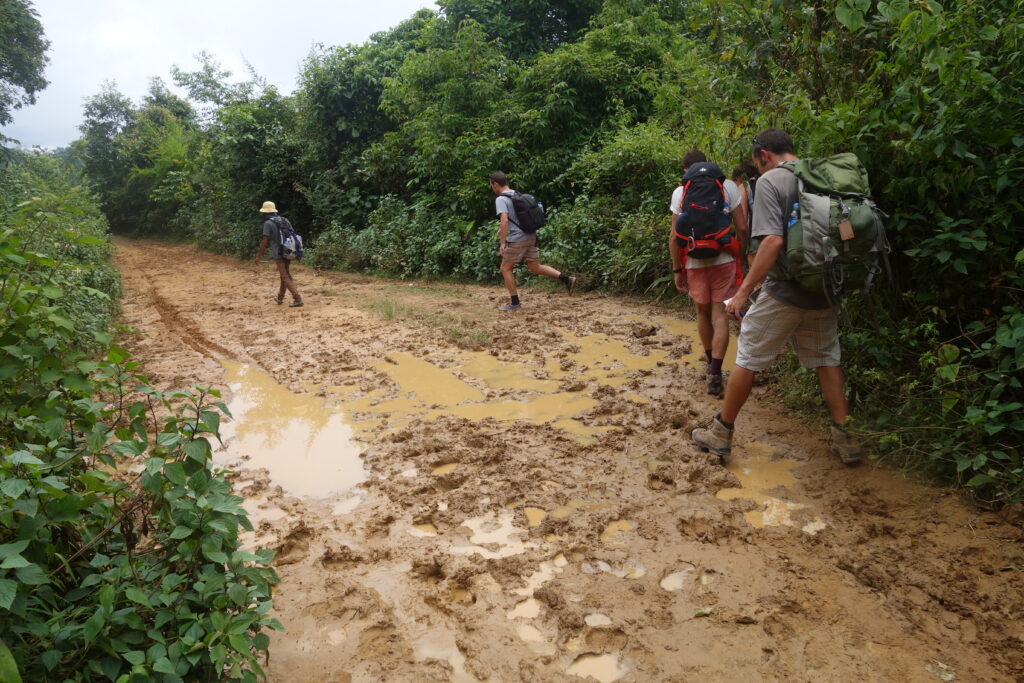
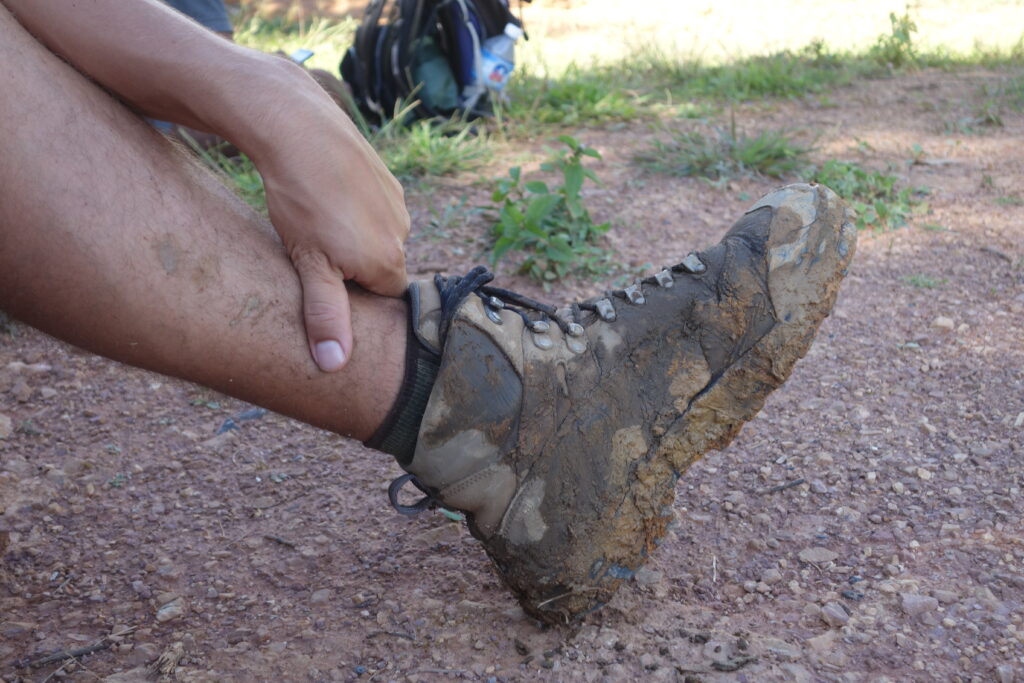
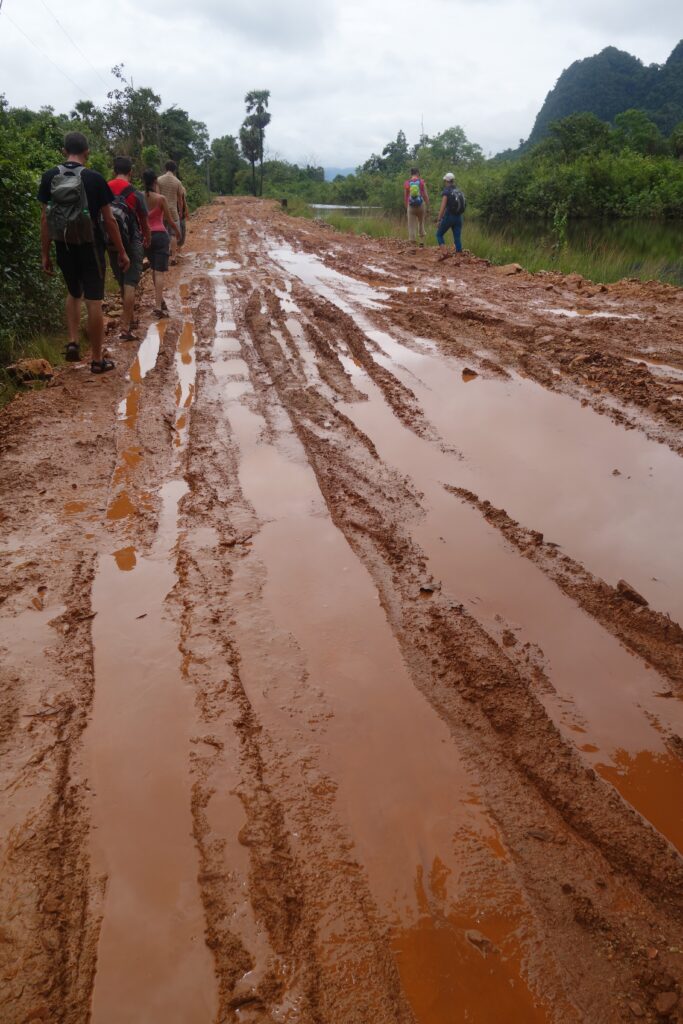
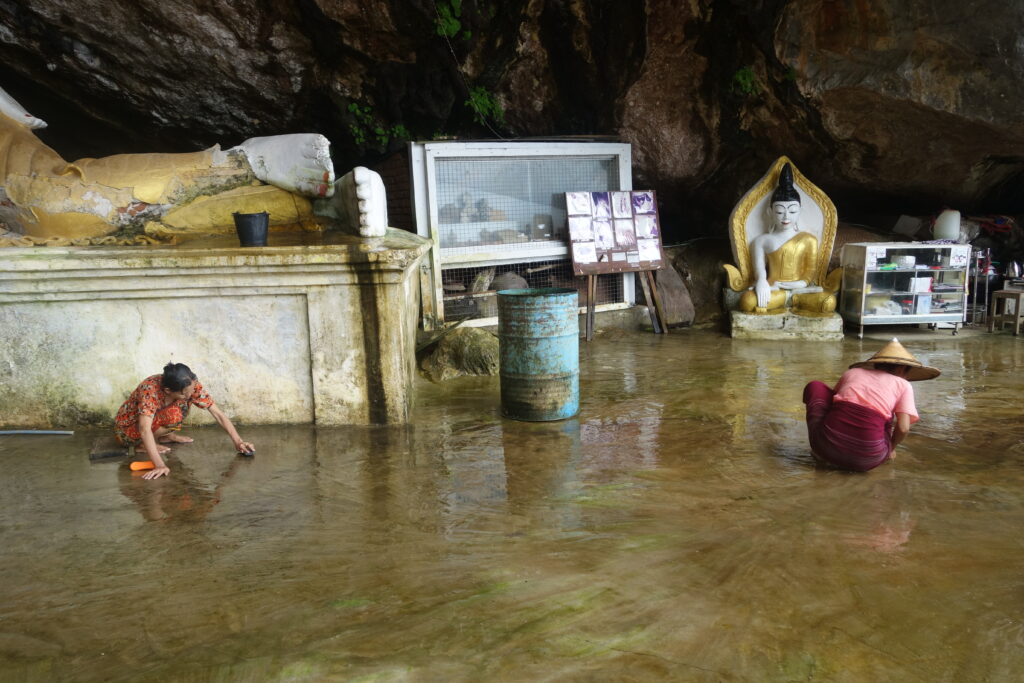

Hotels and guest houses
Before coming to Myanmar, we had read and heard that hotels and guest houses are much pricier than the rest of Asia. We found this to be true, although it wasn’t very problematic – we just had to budget more for lodging. A typical hotel room would be around $20, while we had gotten used to paying $5-$10 for a room. Many of the places we stayed were old and quite dated, so it was a little annoying to pay more without also having a noticeably nicer room. The Myanmar government only approves a certain number of guesthouses, all of which have to pay a significant portion of their proceeds to the government, which leads to limited selection and high prices. It is actually illegal to stay outside of a registered guesthouse and we heard stories of locals who had put up tourists in their homes being severely punished by the government.
Unique Culture
Myanmar is one of those places where if you were transported there from somewhere else, you would immediately know where you are. There are many unique aspects of the culture in Myanmar which are quite visible and interesting.
Thanaka
Thanaka is a paste made from ground bark which is used cosmetically. It is primarily used to beautify, but also has sunscreen properties as well as cooling the skin and working as an anti-fungal. People also apply it to pimples believing that it promotes smooth skin. Women primarily wear it on their cheeks in attractive designs (circles or stripes) while men more frequently wear it all over their bodies as a sunscreen or just on pimples. (Men also sometimes wear it on their cheeks, as women do).
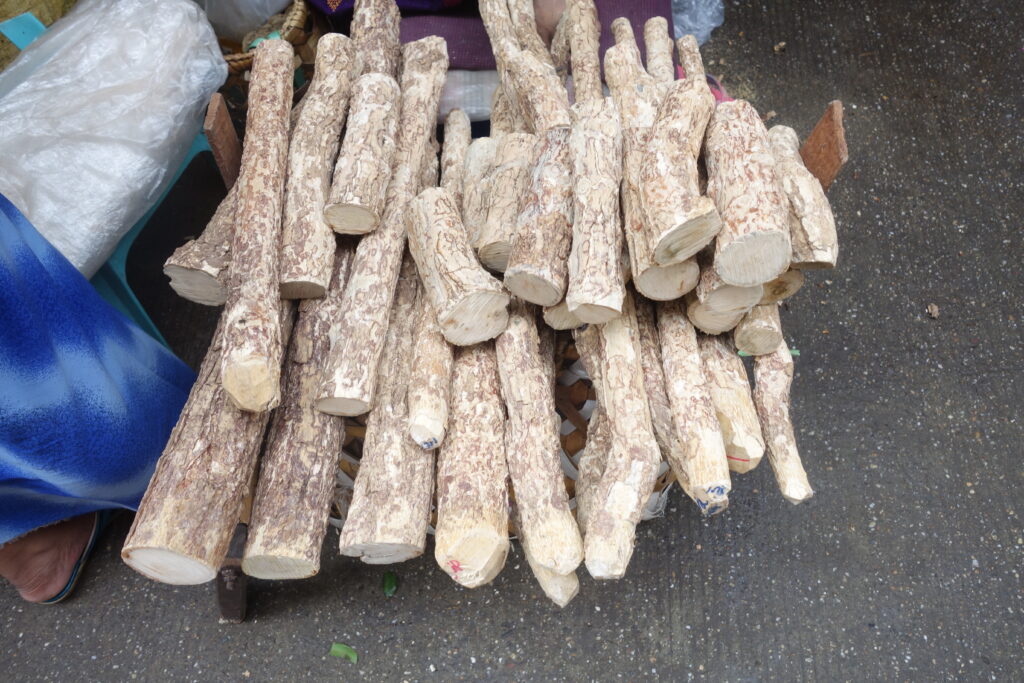
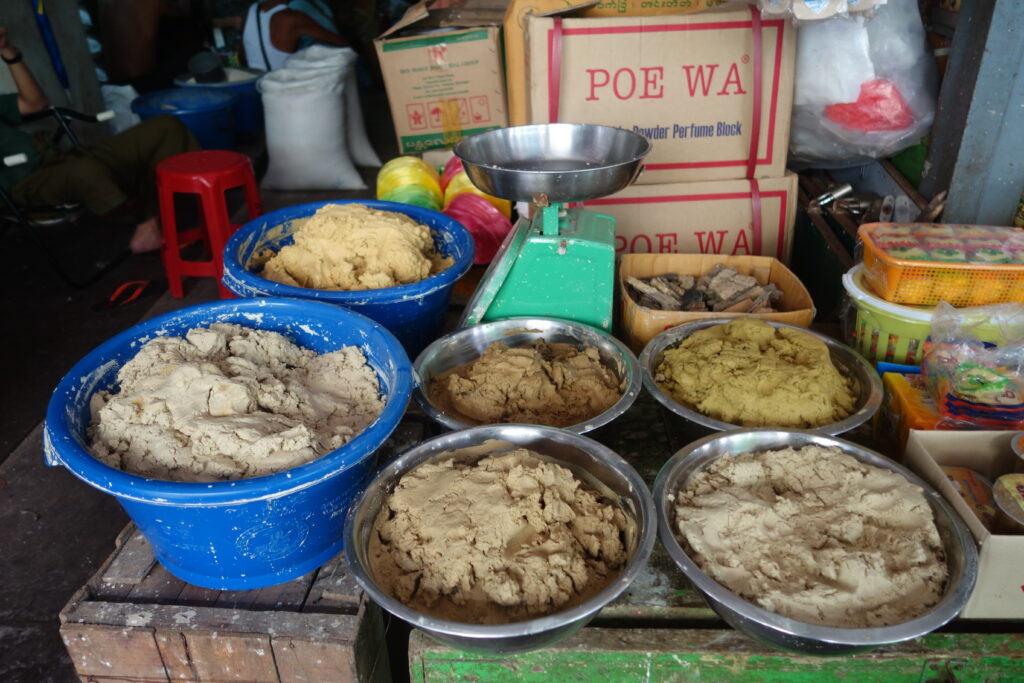
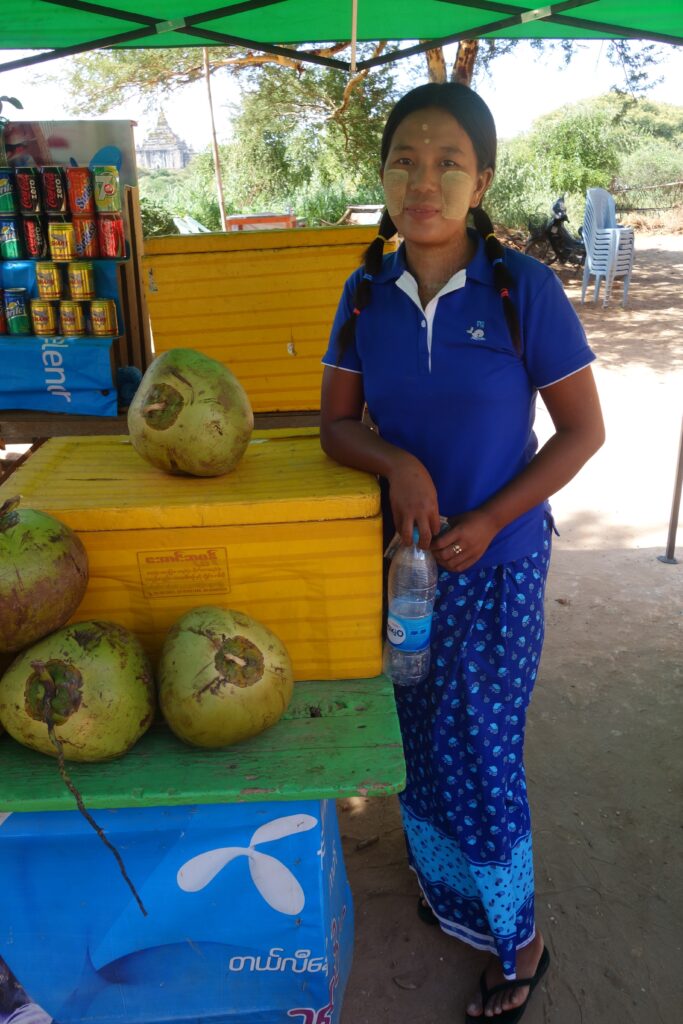
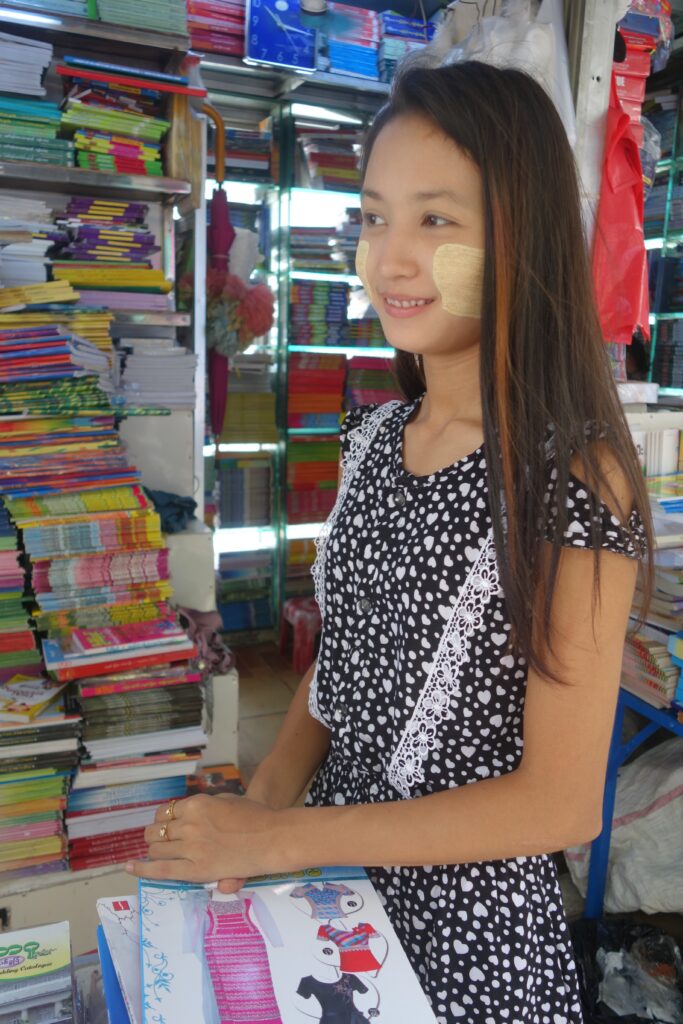
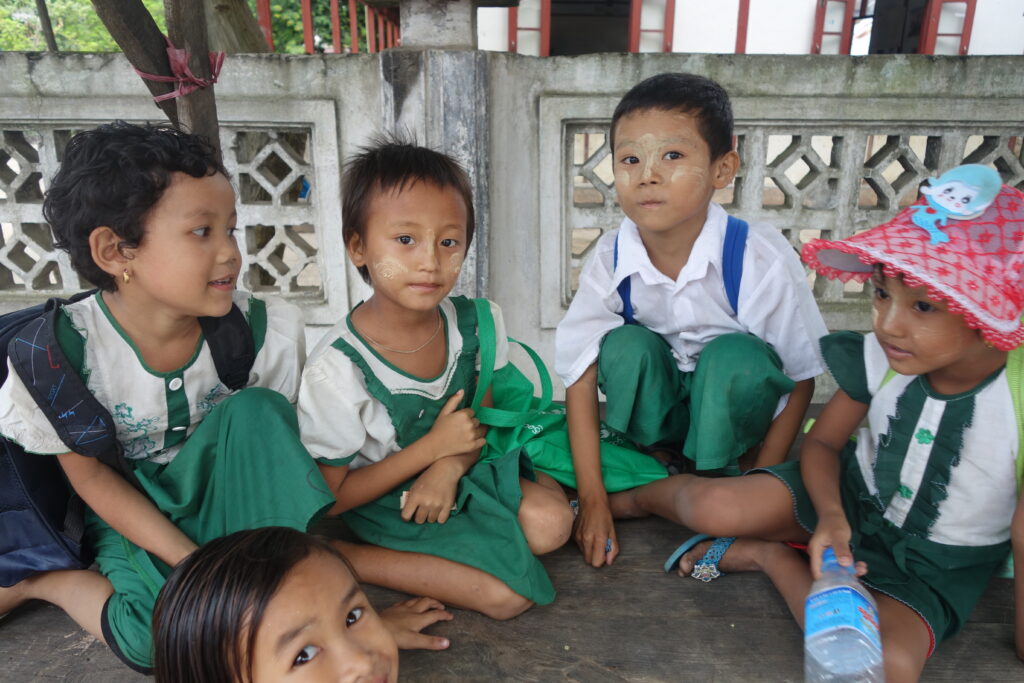
Clothing
Another unique aspect of Myanmar is the fact that they still primarily wear traditional dress. Although some people wear western clothing, they are in the minority. Men wear longyis, which are tubes of fabric which are twisted and tied at the waste while women wear a different variation of the longyi which is a rectangle, not a tube of fabric. Men’s longyis are often much more simple in design and color, while women’s have more variety in color and pattern.
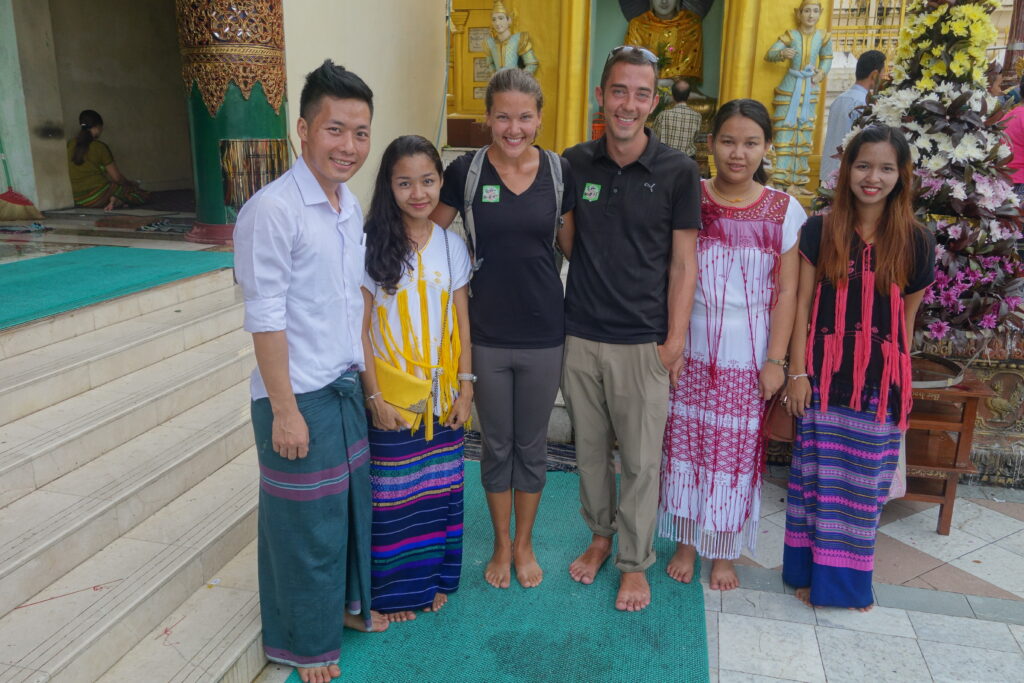

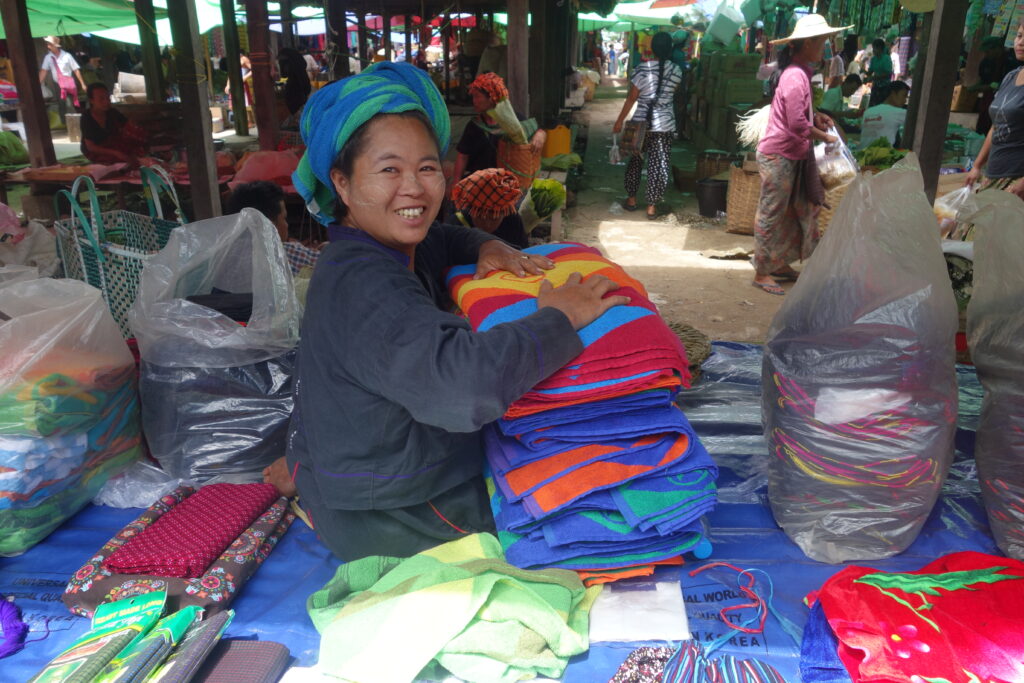
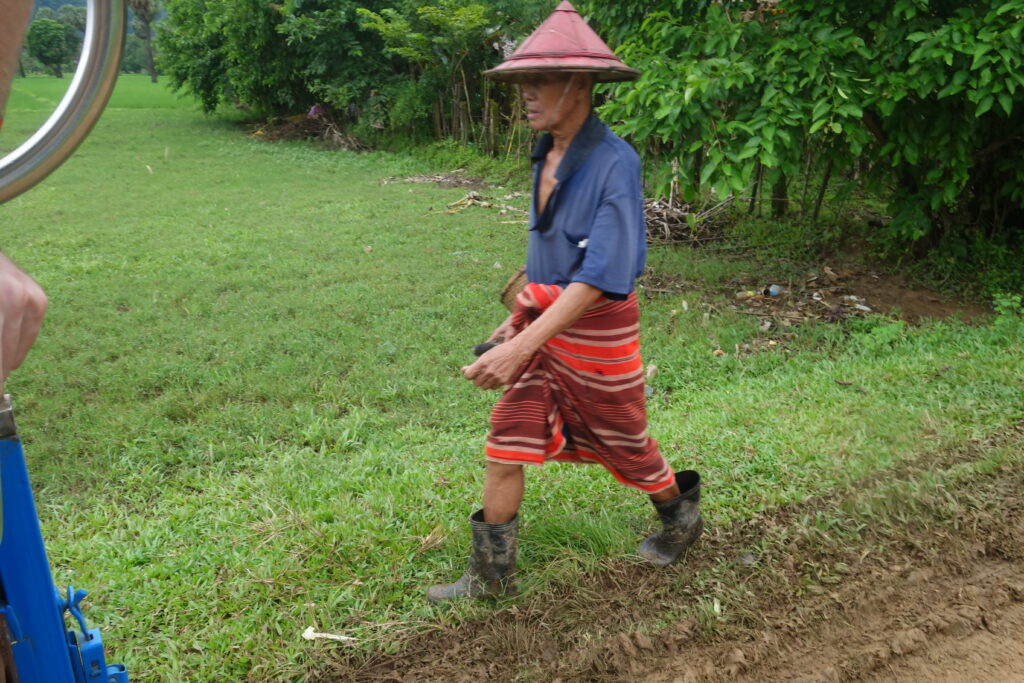
Betel Nut
Betel nut is very common stimulant in Myanmar; there are small stalls selling betel to chew on everywhere in the country. Betel nut is usually sold in small packages wrapped by the betel leaf; these packages contain betel nut, slaked lime, and various spices depending on the vendor. The telltale signs that a person is chewing betel nut is their red teeth and red spit (a person does not swallow their spit while chewing betel nut). Chewing betel nut is very bad for health and leads to tooth decay and a whole host of cancers.
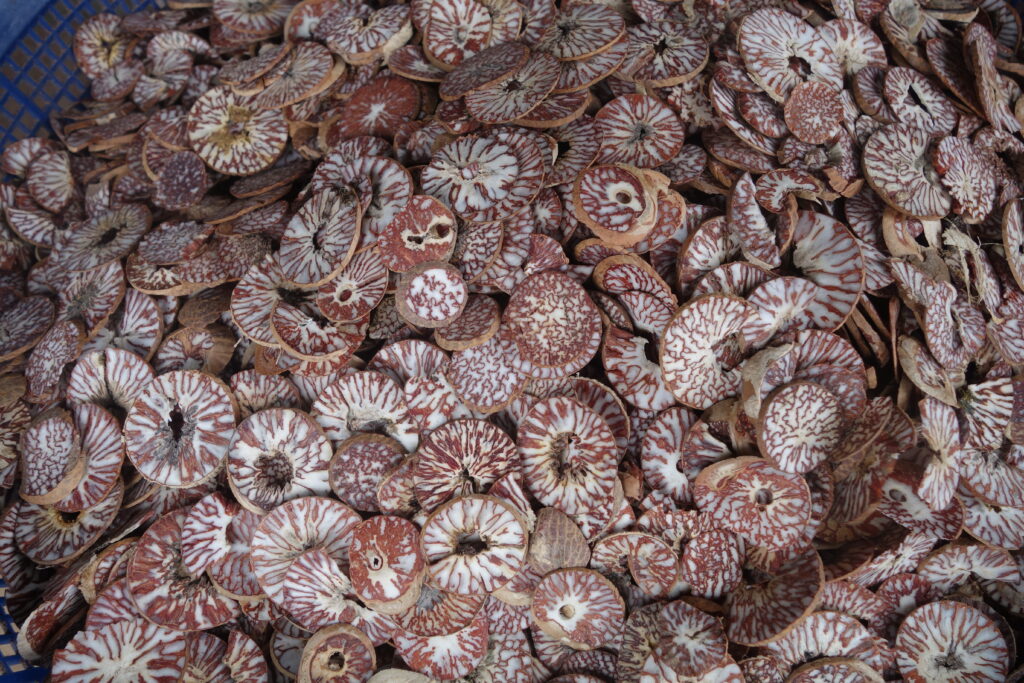

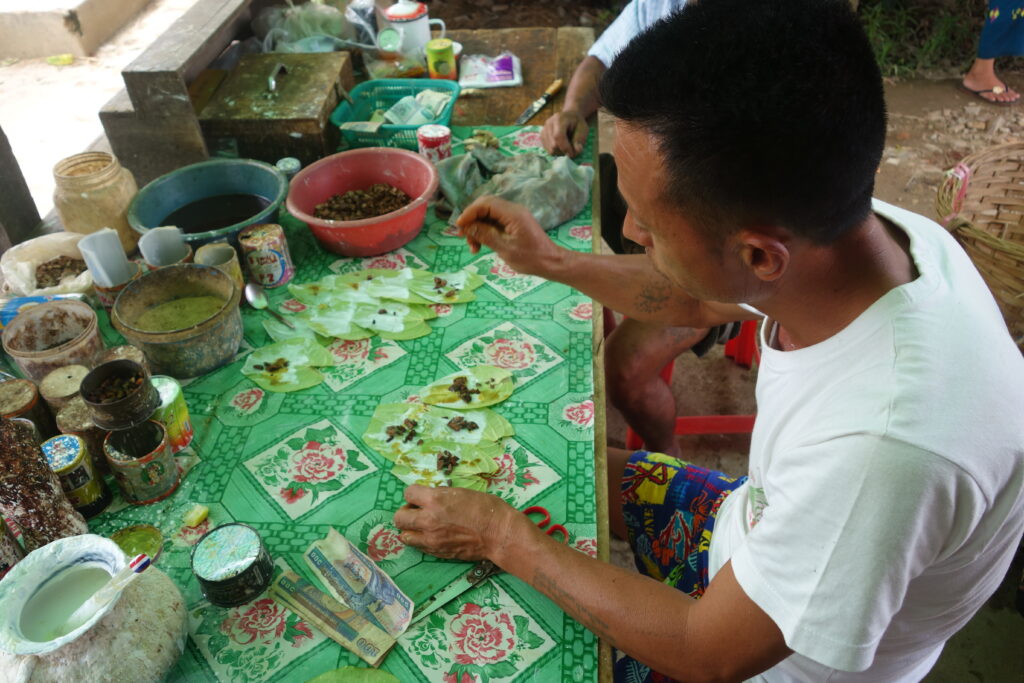
Chinlone
We observed chinlone being played in two different ways. Sometimes it is played like hacki-sac and is simply played for fun, with the players forming a circle and simply trying to keep the ball in the air using their feet, chest, heads, etc. In other settings, it is played with a net and rules very similar to volleyball. This variation is called takraw. We observed it being played everywhere – in busy streets as well as rural areas. It was a very common thing to see in the evenings – I imagine many friends meet each evening for a few games. It was funny to see the men hike up their longyis so that they wouldn’t get in the way.
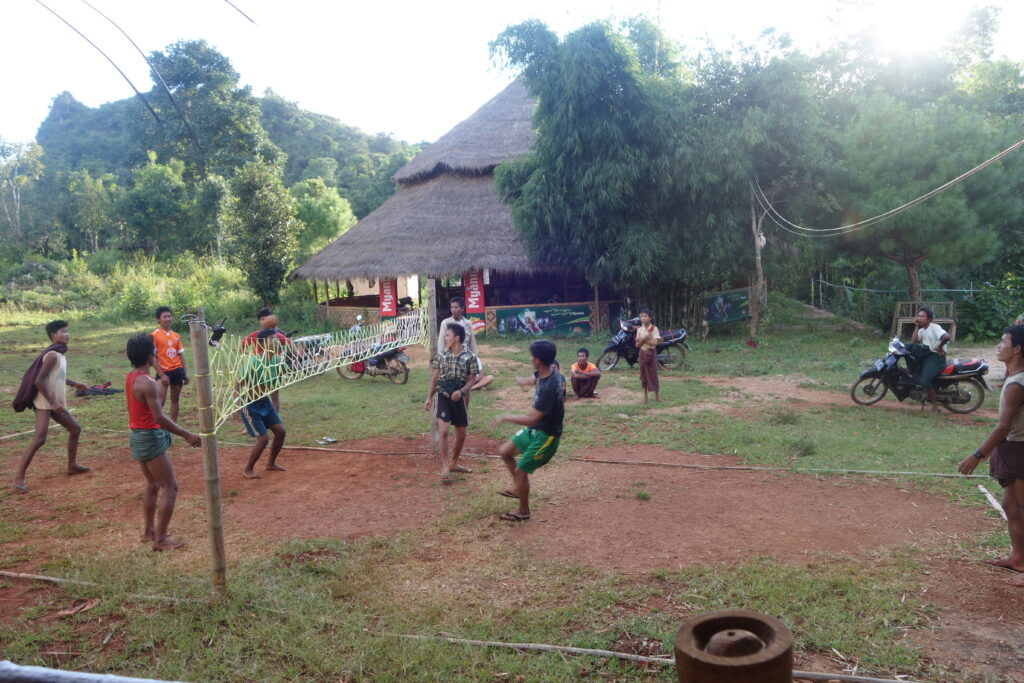
Gold Leaf Application
The application of gold leaf is a very common practice in Myanmar. Small squares of gold leaf can be purchased at many of the temples and you can see the locals placing the gold leaf on Buddha statues or other holy relics as an offering. It was interesting for us to see the statues malformed over decades of gold leaf application. For example, the Mahamuni Buddha is now quite lumpy because of this common practice. Furthermore, at the Hpaung Daw U Pagoda, the five Buddha forms can no longer be seen because of excessive application of gold leaf. They look like golden snowmen. The most sacred sites and statues attract the most attention from pilgrims as well as the most gold leaf.
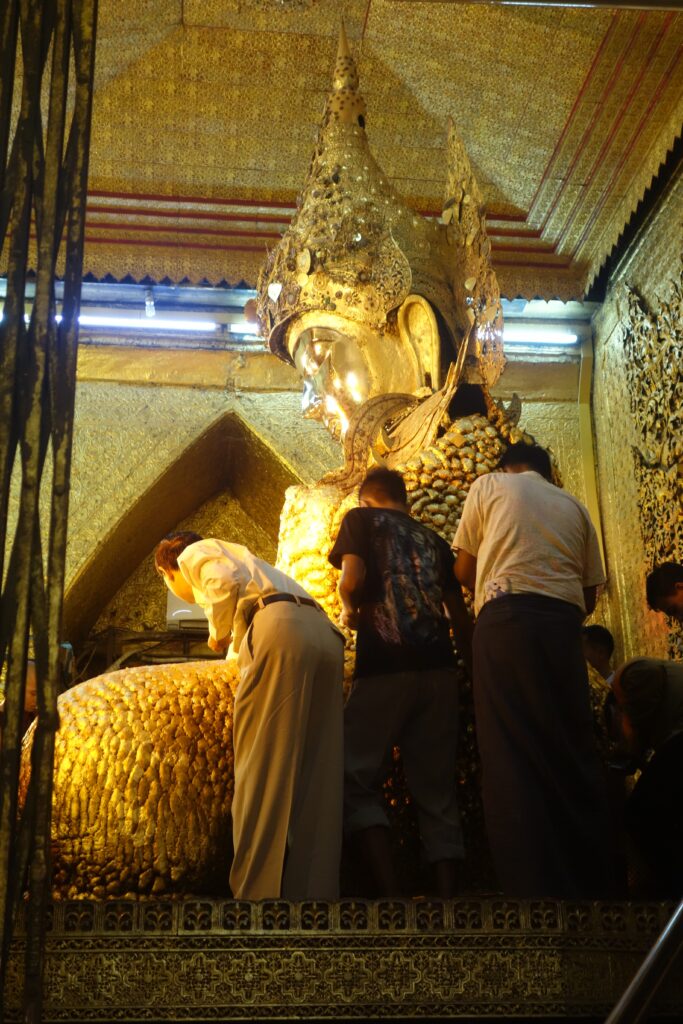

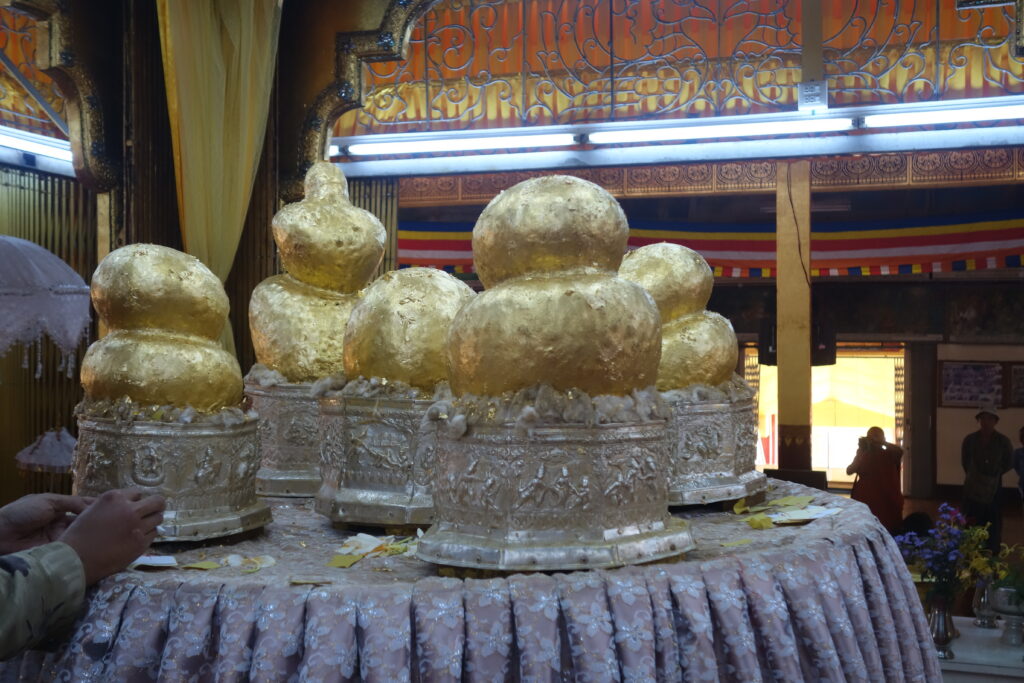
Unique Buddhism and spiritual practices
While each country we have visited has had its own variations in its Buddhist practices, Myanmar appeared to be the most unique. Each temple has different stations for each day of the week which appear around a central pagoda. Based on the day of the week you were born on, you have a particular sacred animal associated with that day of the week and a particular area around the pagoda where you should pay your respect and make wishes. In order to be symmetrical there are actually 8 stations, with Wednesday having two stations – one for those born before noon on Wednesday and one for those born after noon. The day of the week a person was born on is even incorporated into peoples names; there are different syllables used such that upon hearing a person’s name, you would know what day of the week they were born on. We were told by our guide at the Shwedagon Pagoda that parents will visit an astrologer who will assist them in the naming process. Astrology and fortune telling is an important element of the Myanmar peoples lives and is often seen incorporated into religious places and practices.
In Myanmar astrologers and fortune tellers are taken very seriously, and many important decisions have been made on the advice of a fortune teller. For example, the switch made from traffic using the left side of the road to the right was made by General Ne Win in 1962 after receiving advice from his astrologer. This doesn’t make any sense, as most of the vehicles are set up with the drivers side on the right. This makes drivers and passengers much more vulnerable to accidents.
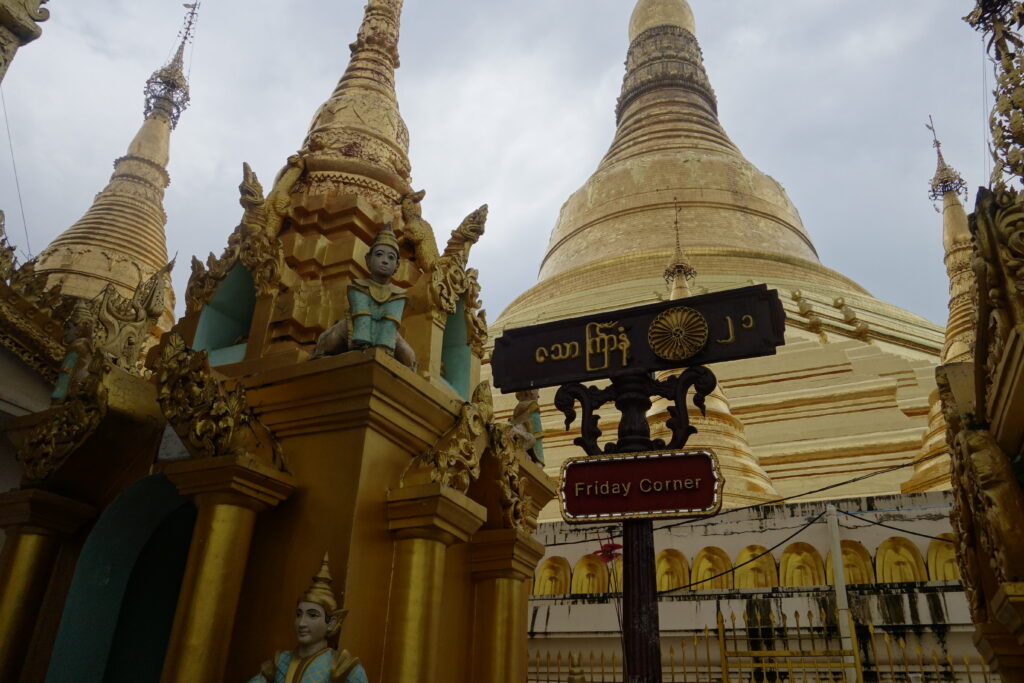
In the video below, you can watch Jon pour water three times each on: the Buddha, the spirit, the pole, and the sacred animal as instructed by our tour guide. Jon’s animal is a guinea pig.
Cute Lunch Pails
It was very common to see people walking around with little metal lunch pails. They have multiple sections so that you can keep your rice separate from your curry and other lunch items. It was common to see people picnicking at a temple, park, or just along the sidewalk.
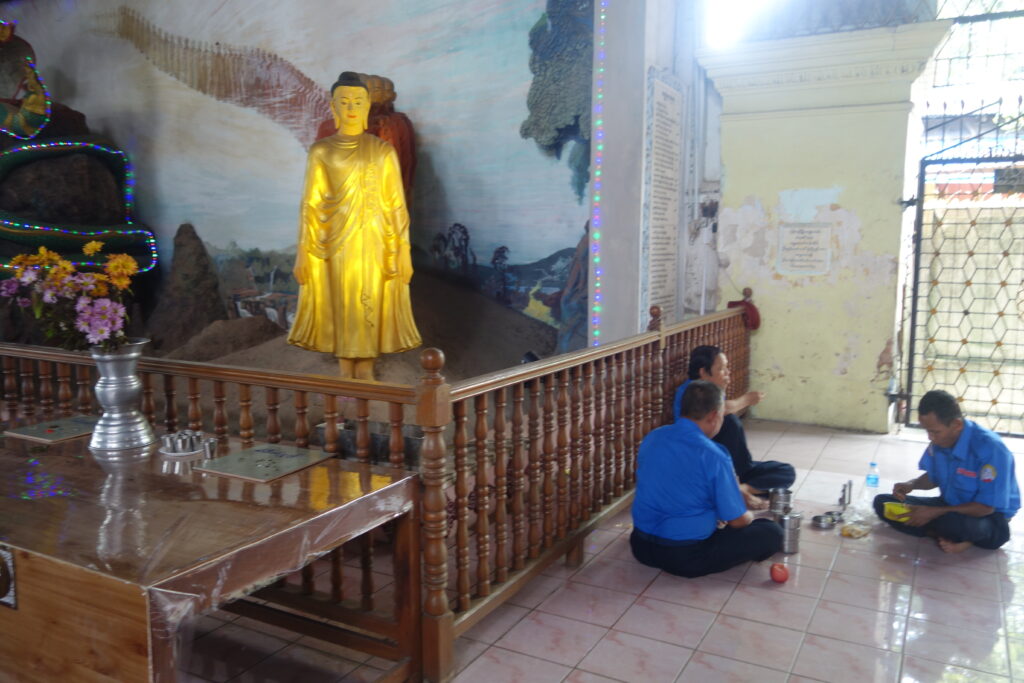
Summary
Overall, we thought Myanmar was great. It was a peaceful and laid back place to travel with plenty of interesting sites to visit. The country had a very unique culture which made traveling a fun discovery process. It is unfortunate that we weren’t able to couch surf there (the government requires that you stay at a registered guest house each night). We really enjoyed spending some time with the locals in Mawlamyine (a smaller town off of the main tourist trail) and would have liked to have more opportunities to interact with the Myanmar people. There is a very developed tourist trail, as I stated earlier, and that made it super easy to plan and to get around but it made the experience less do-it-yourself. Sometimes it felt like everyone we met was travelling to the same places as us and doing the same things; we kept running into the same people. Some of the people that we met that had really hyped up Myanmar were also people who got off the tourist trail and visited more remote and rural areas. This makes us wonder if we missed out on something special. Maybe the “land of smiles” exists off the tourist trail? Regardless, we had a really nice time and would absolutely recommend it to fellow travelers!

